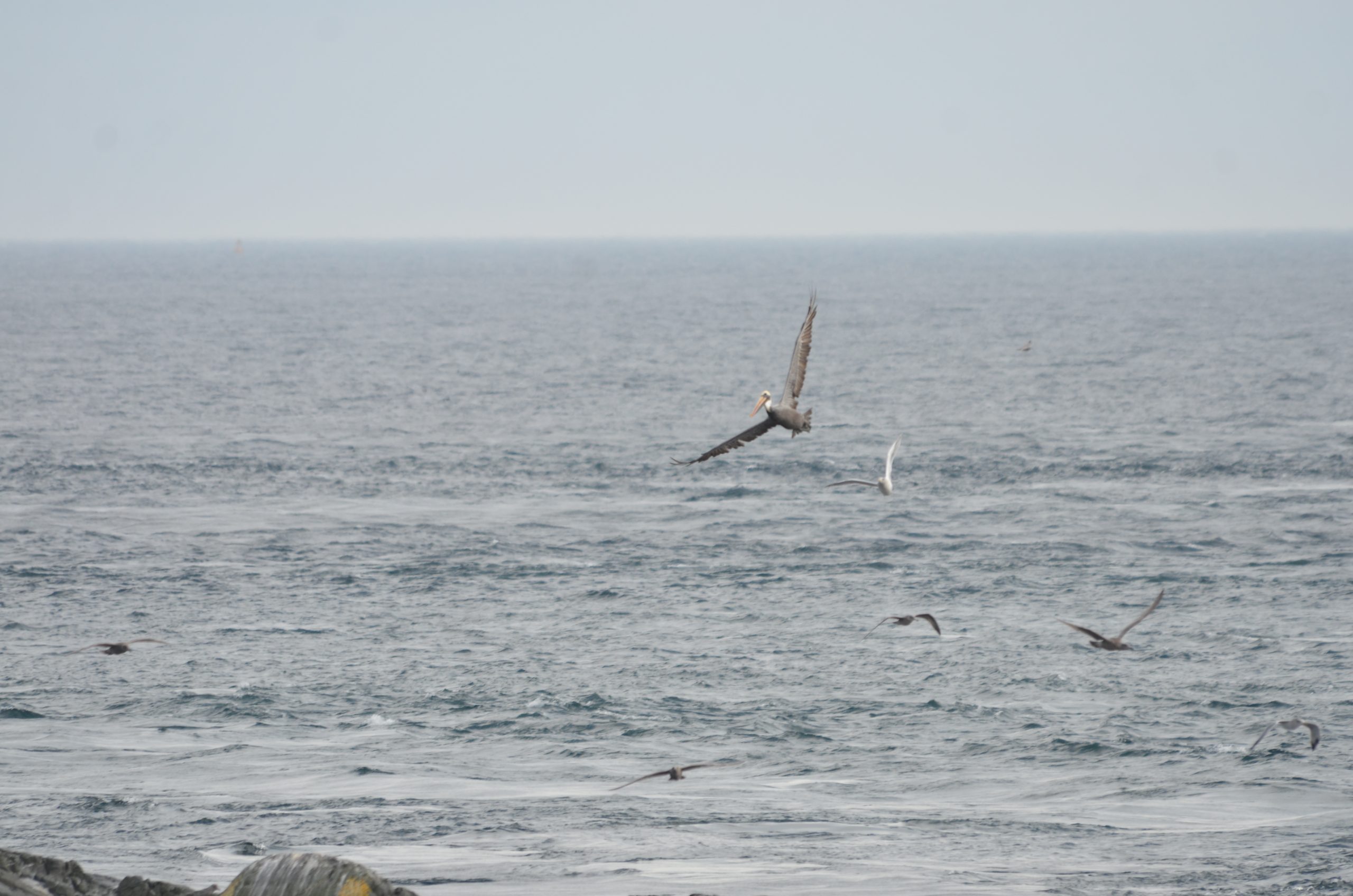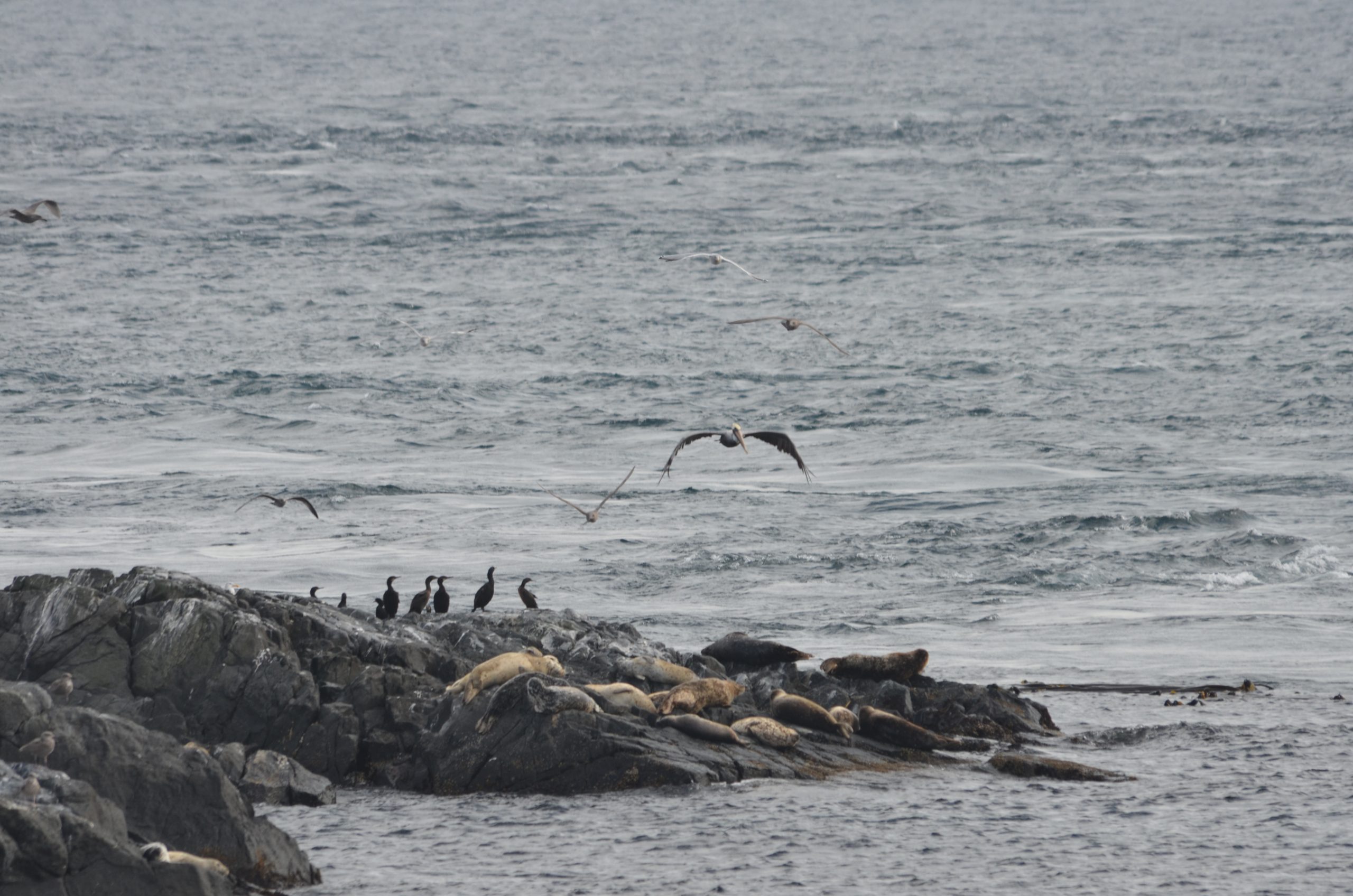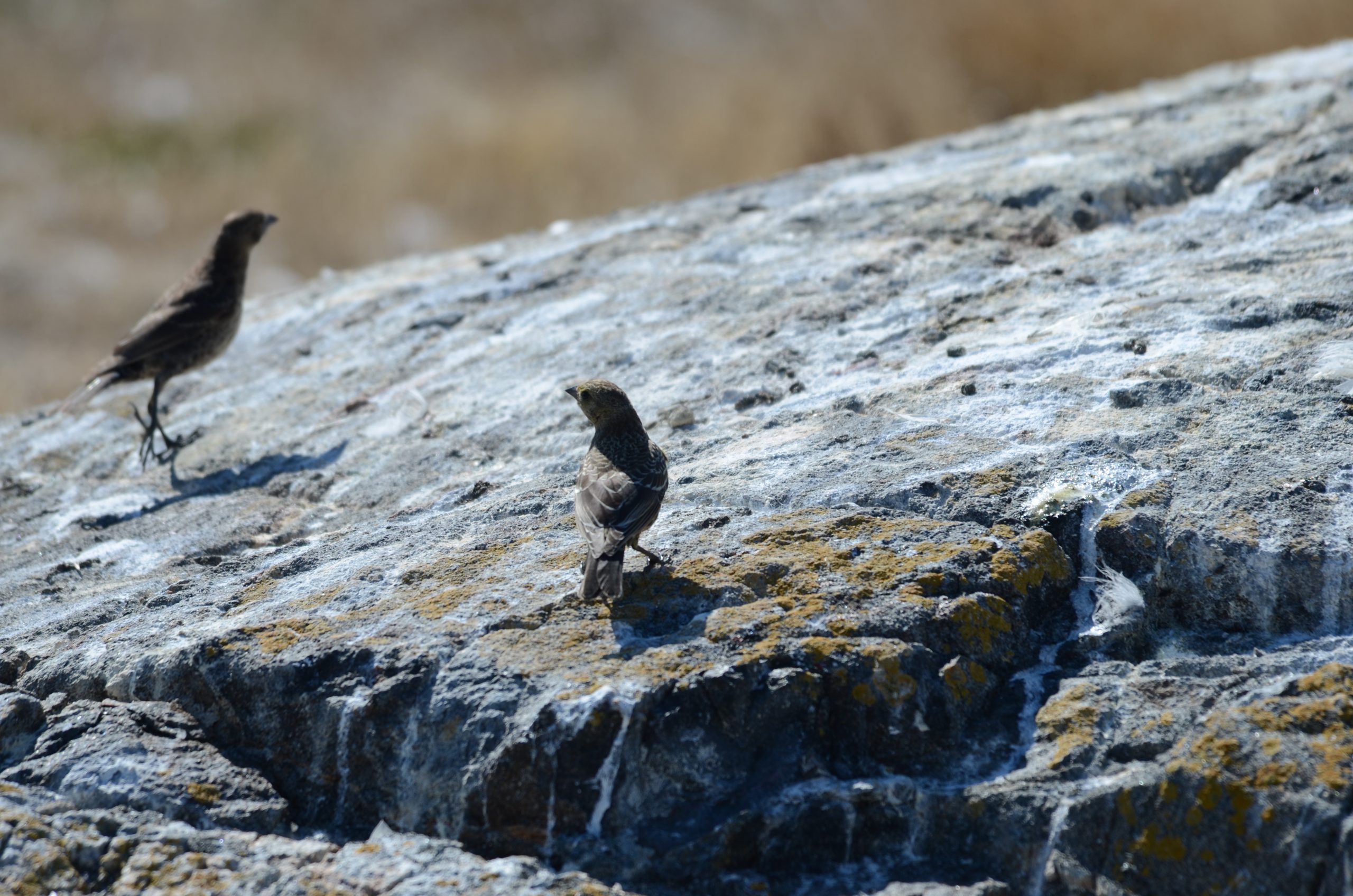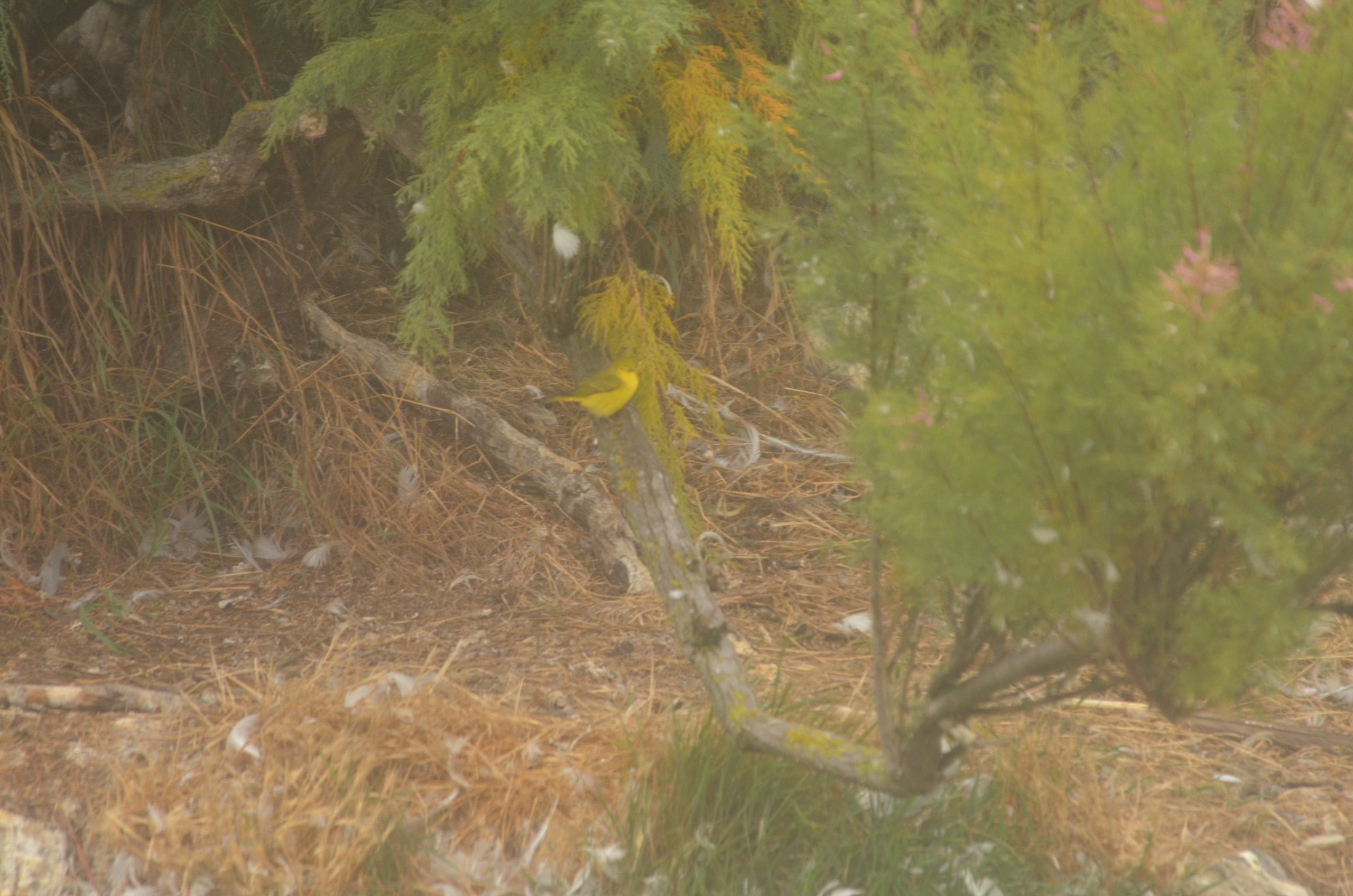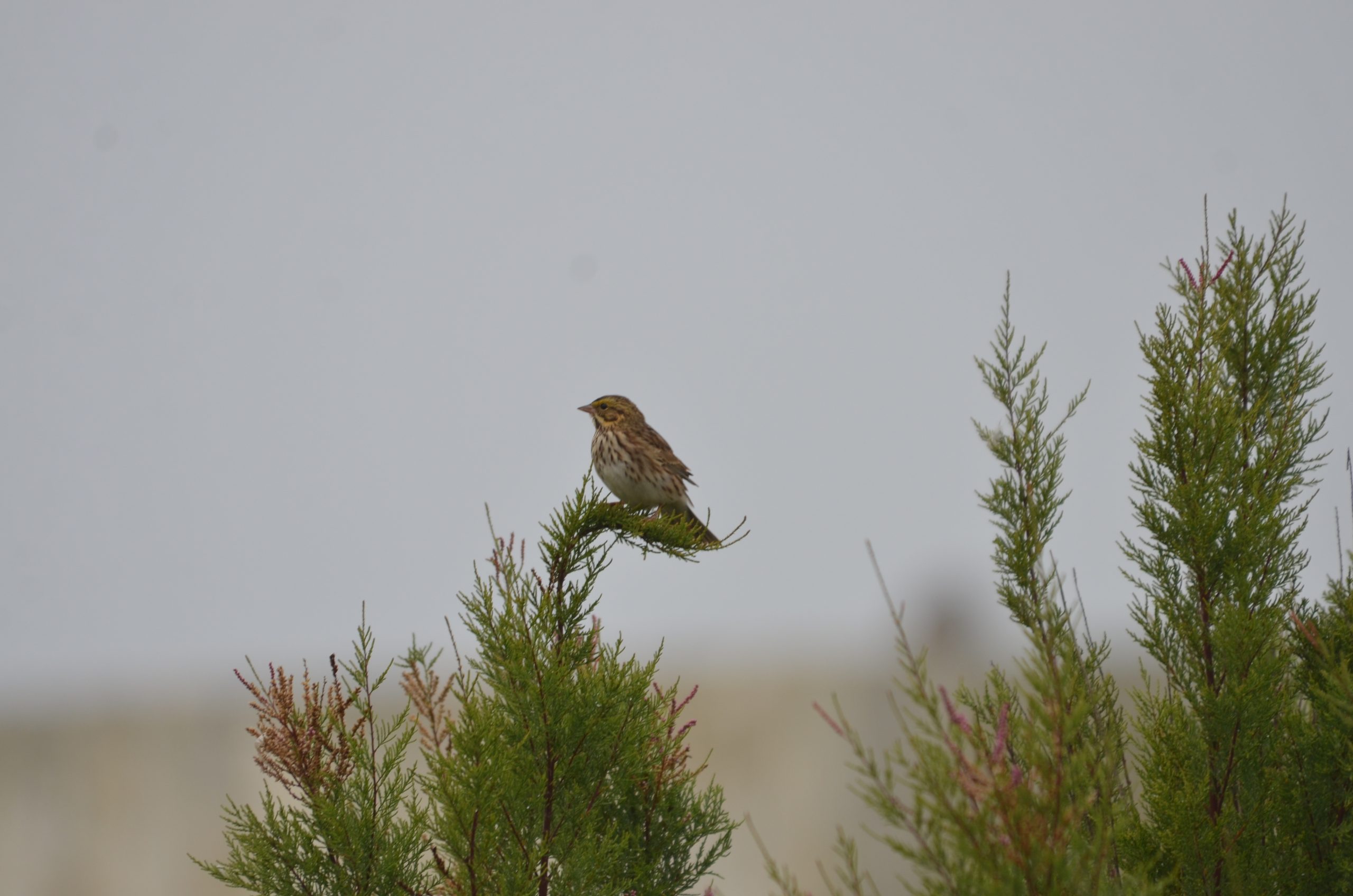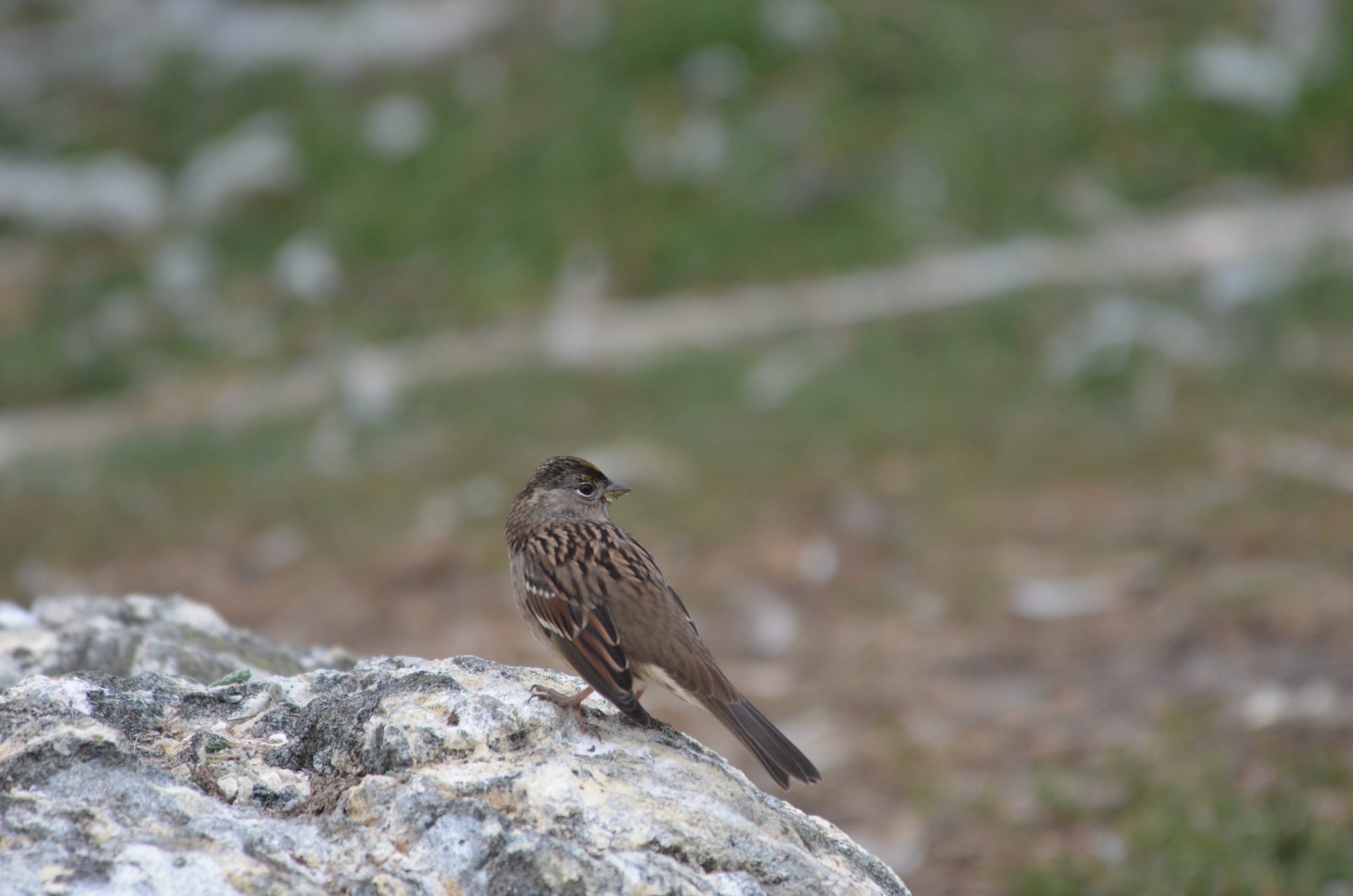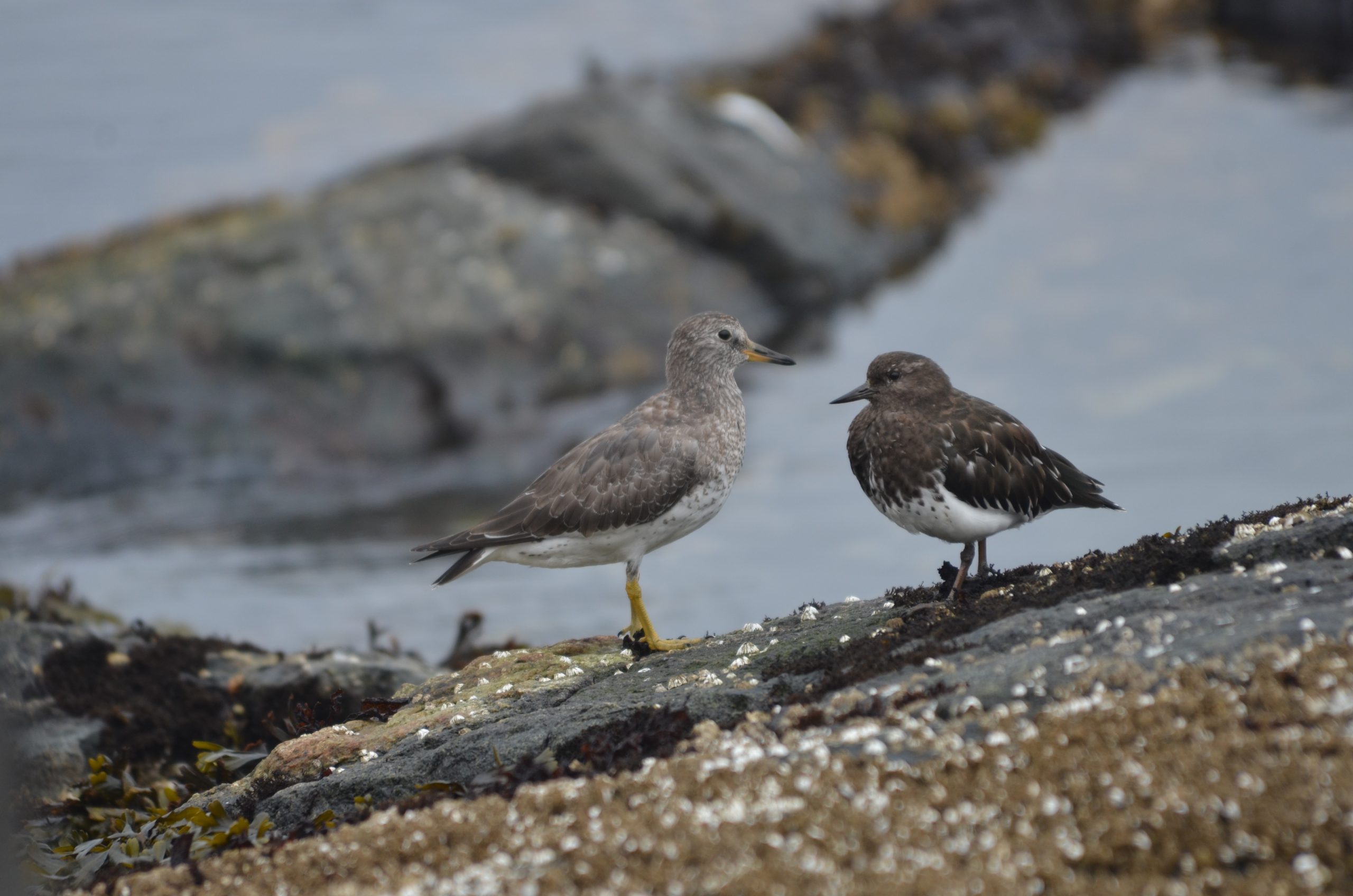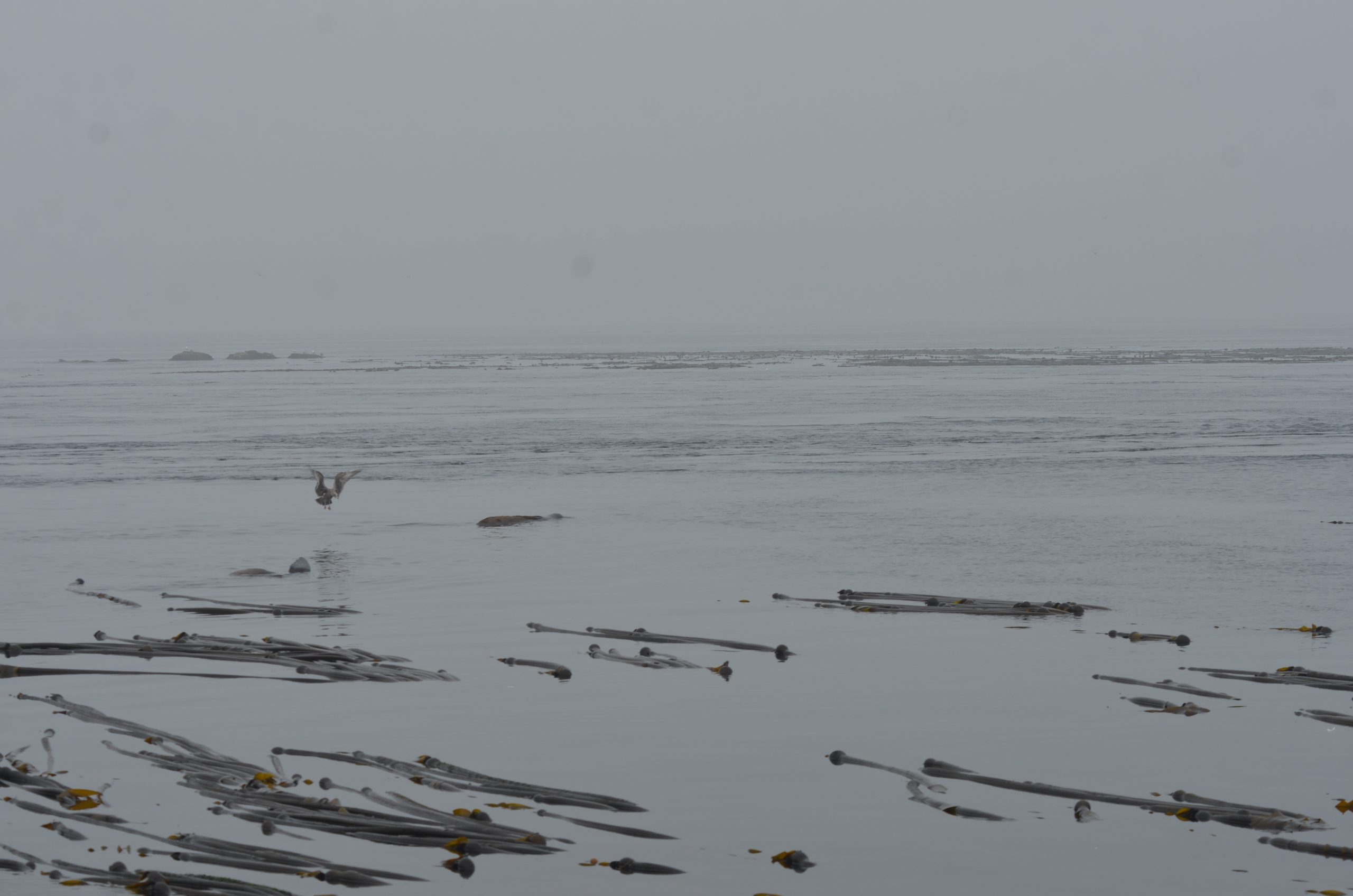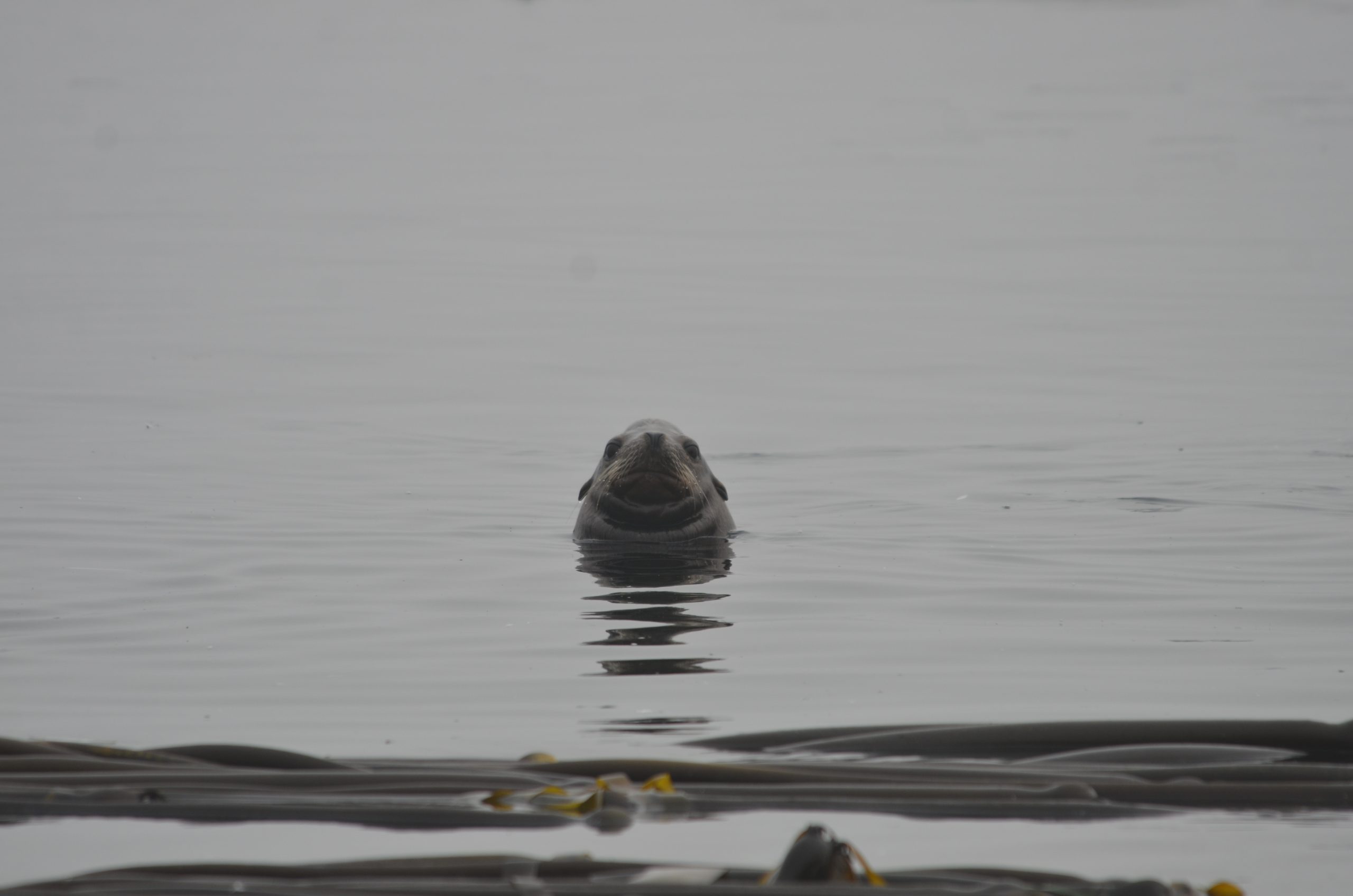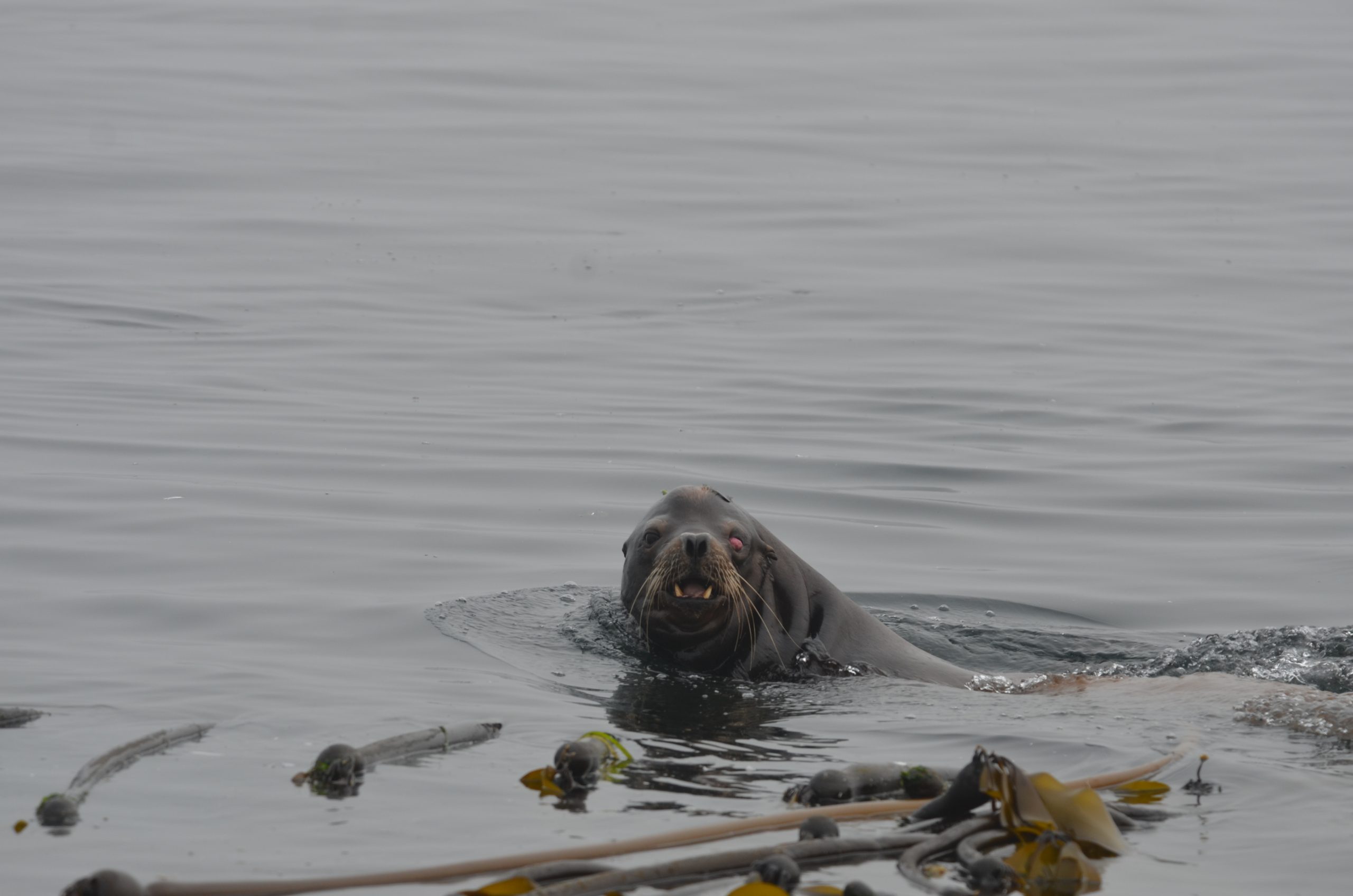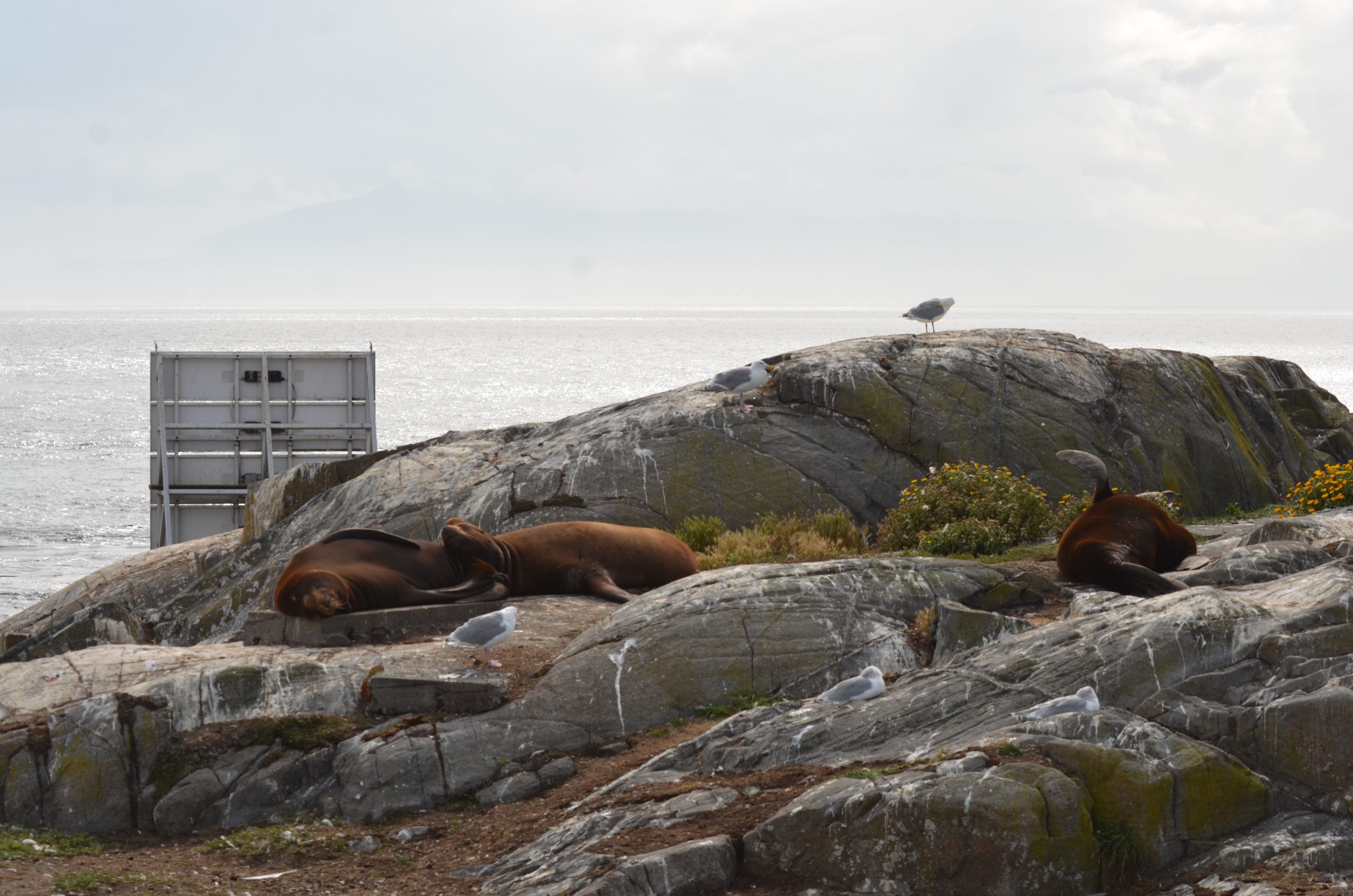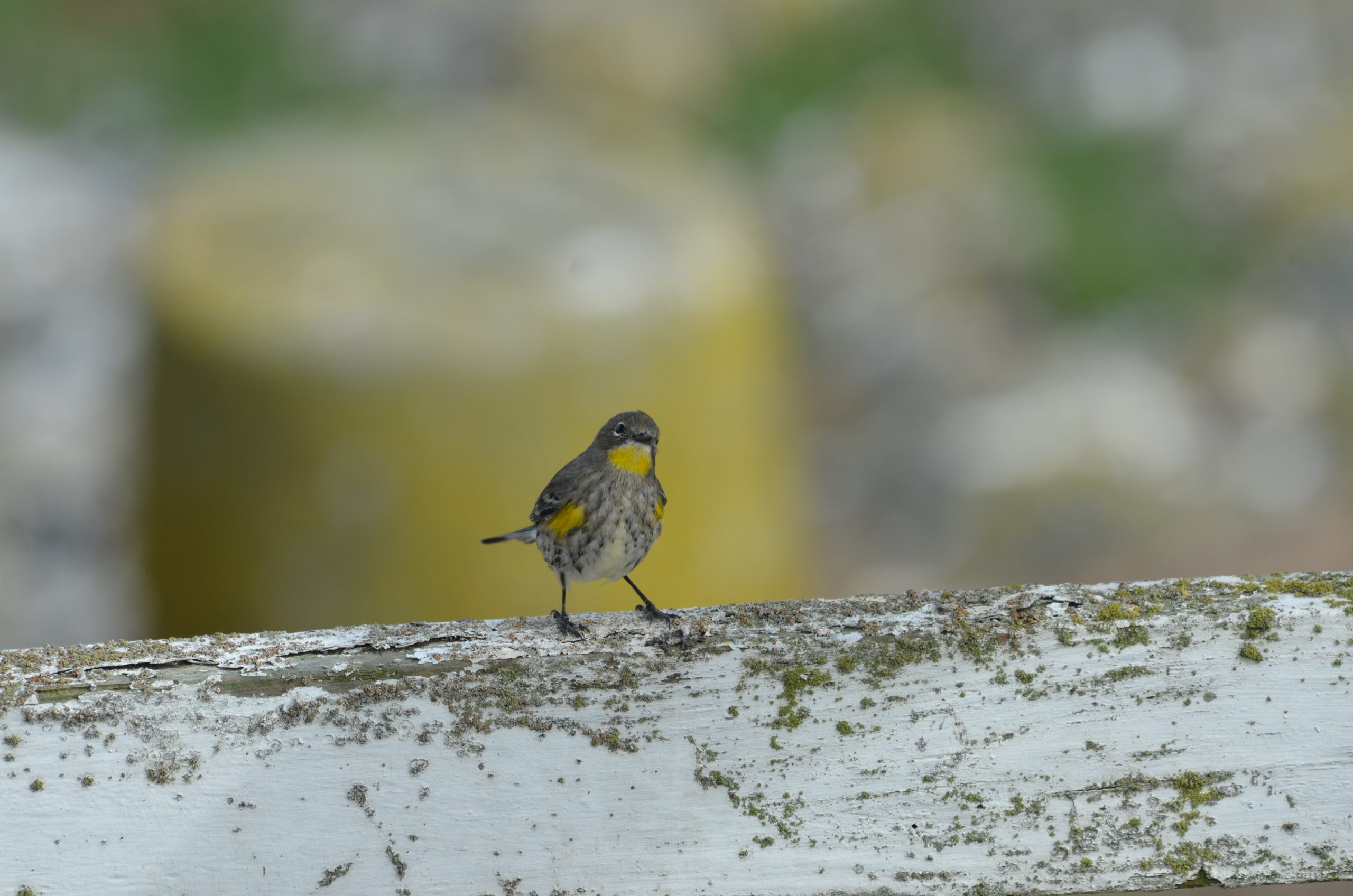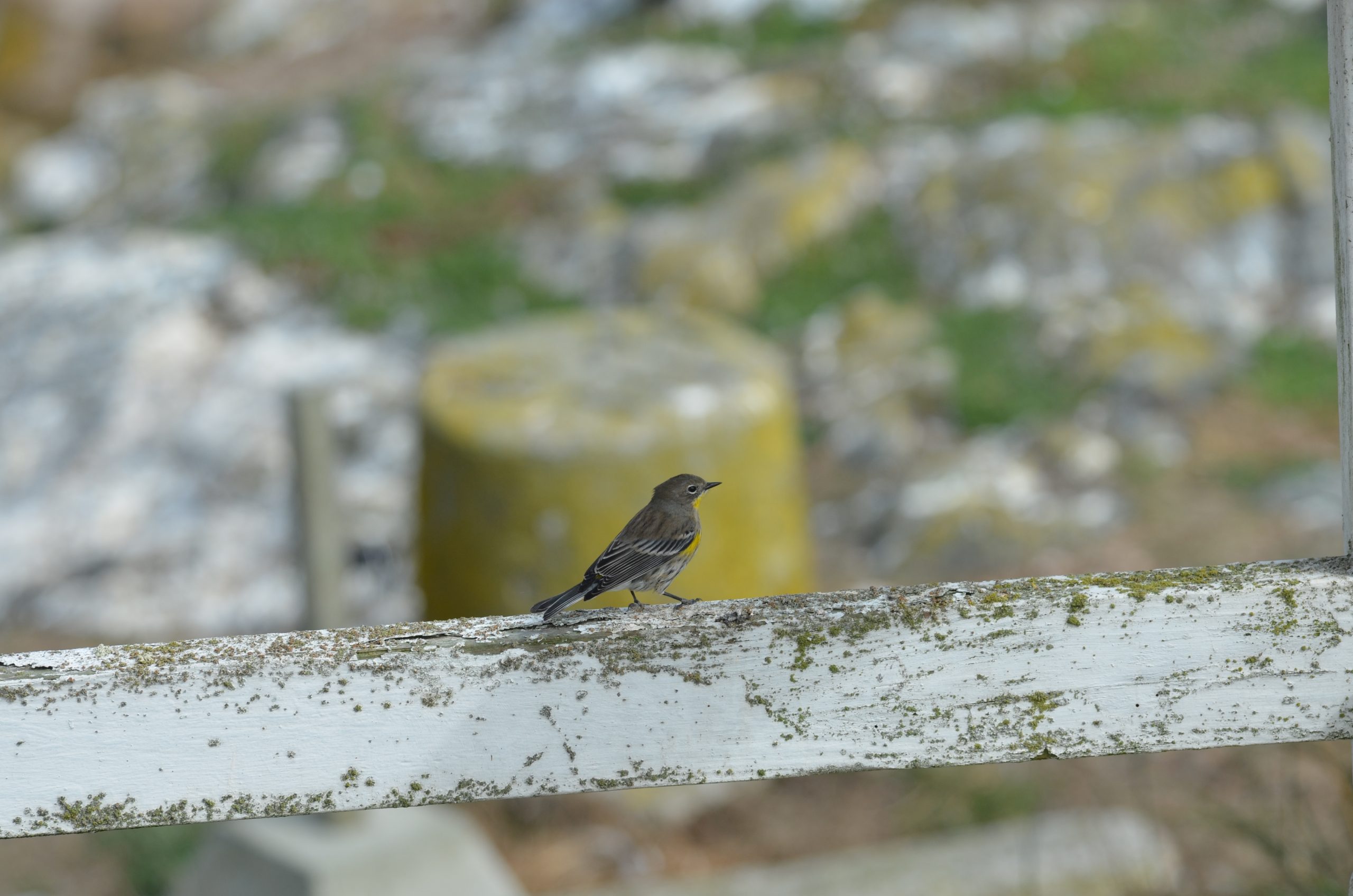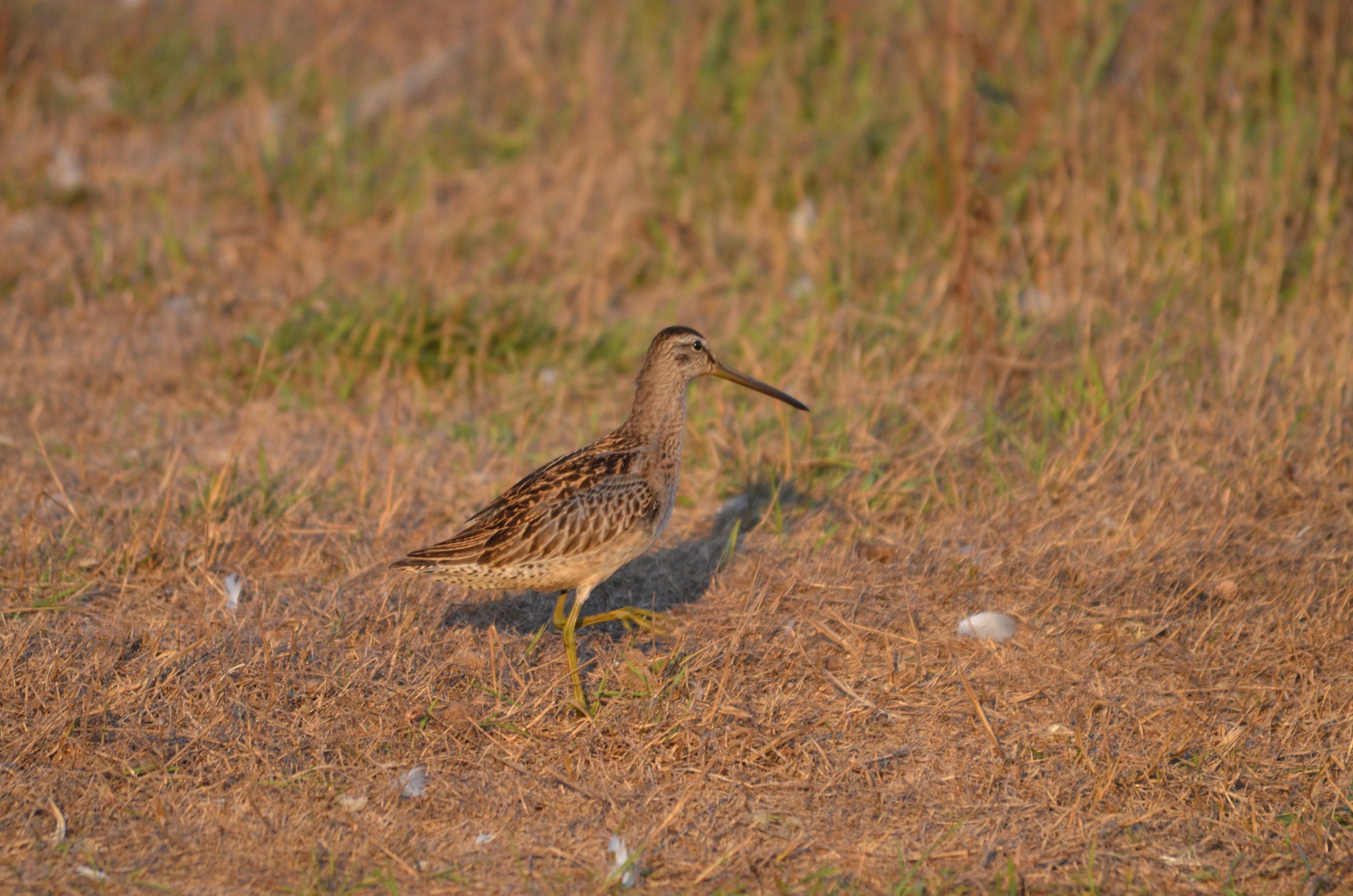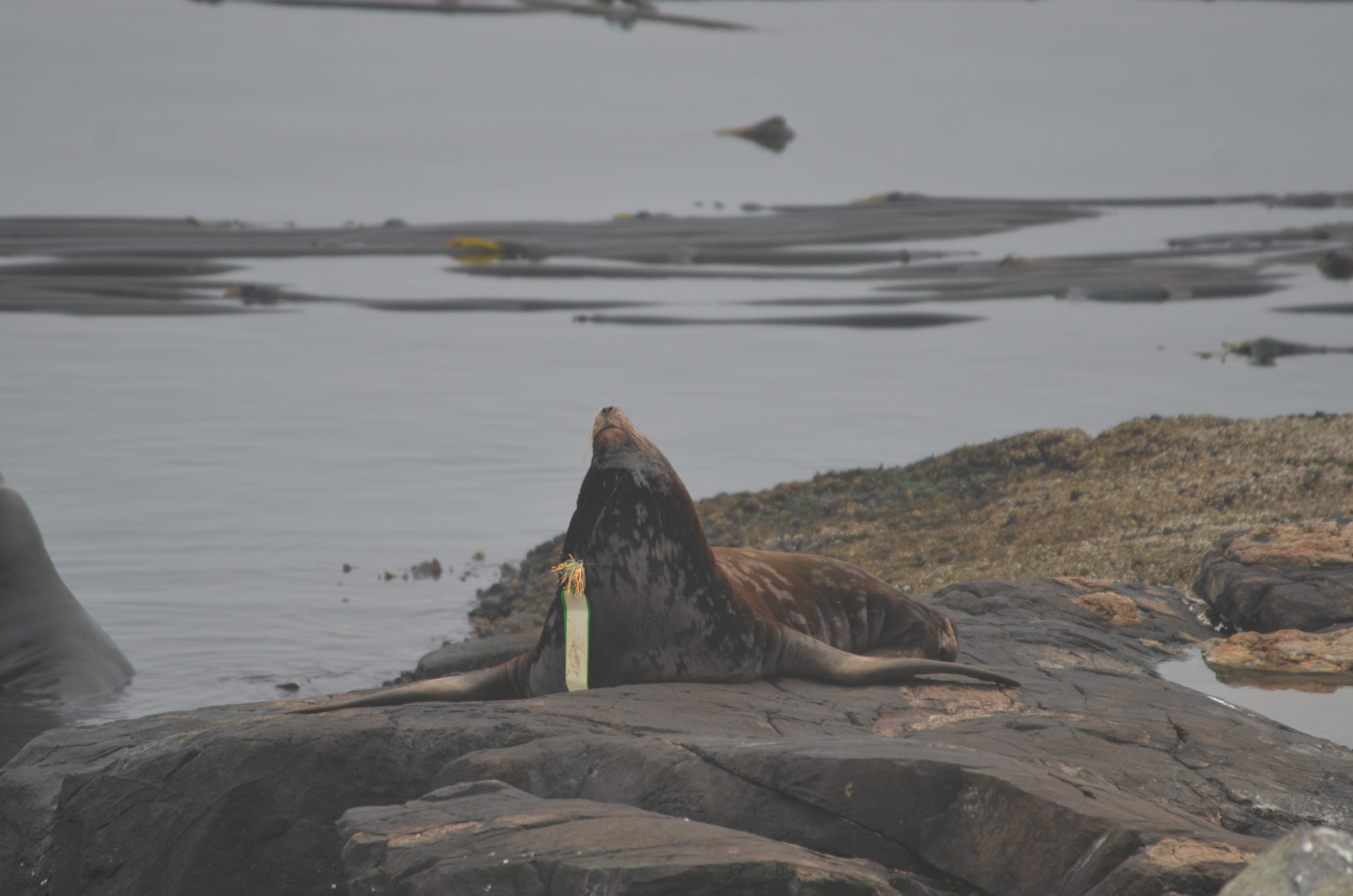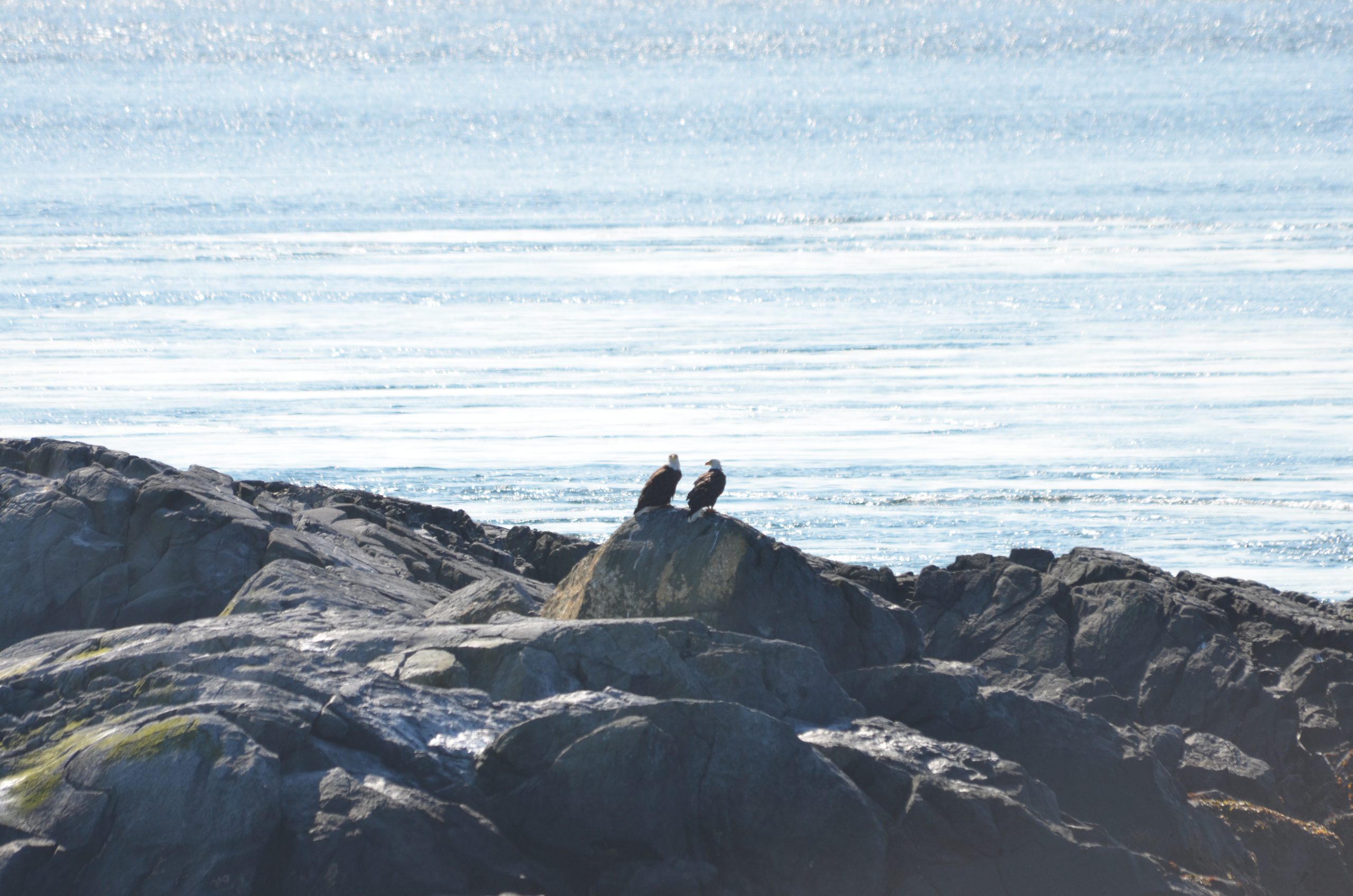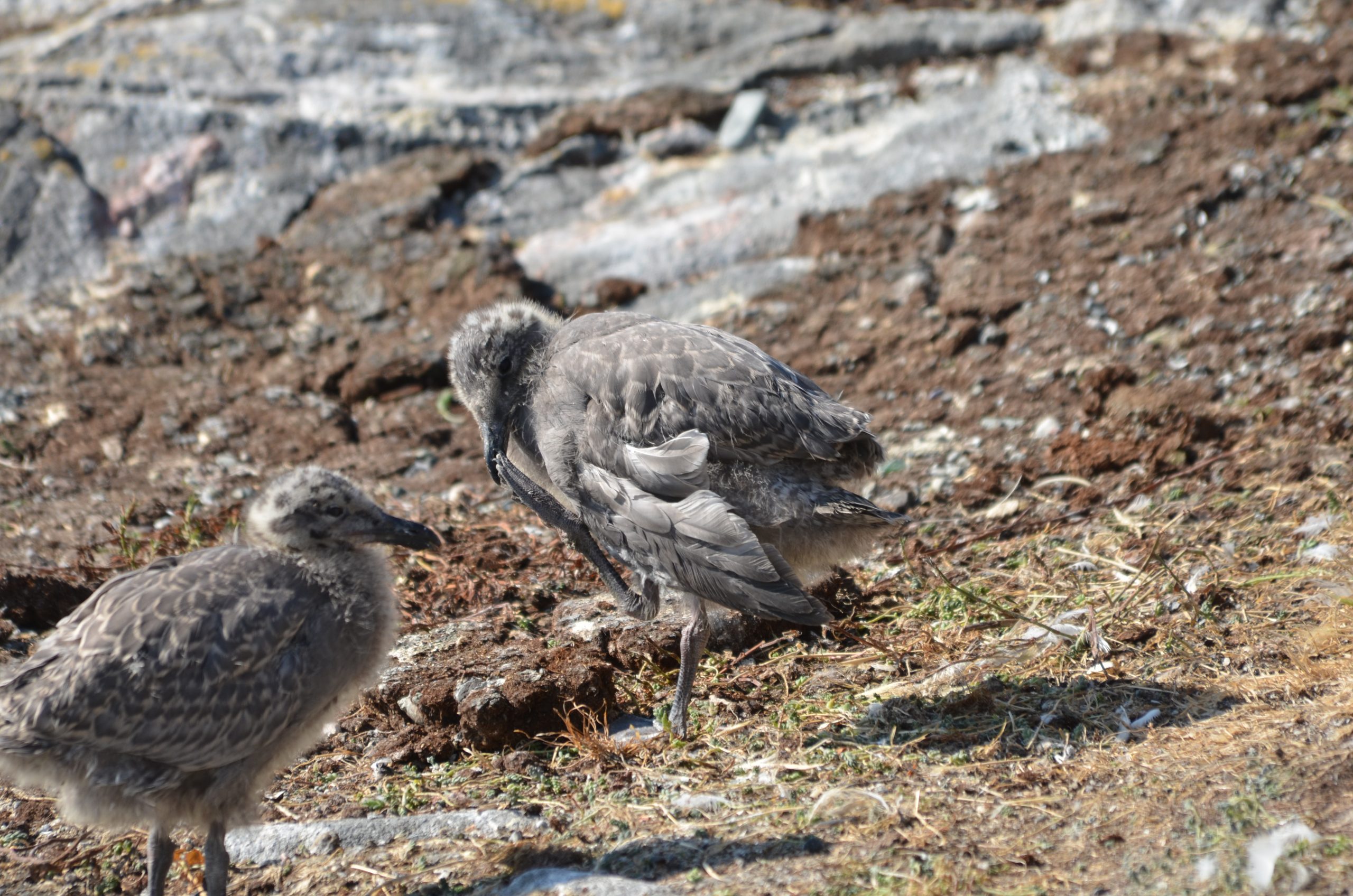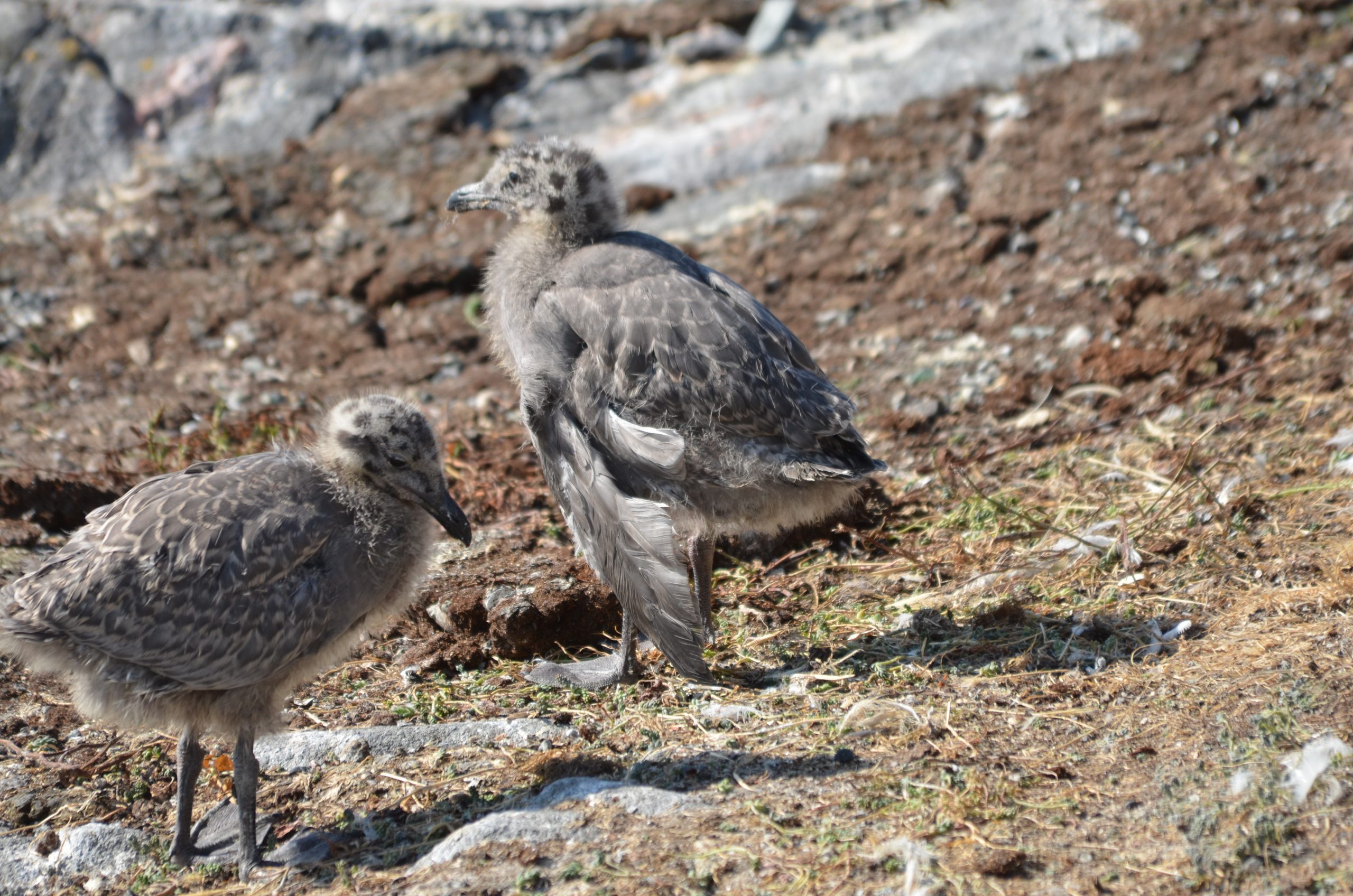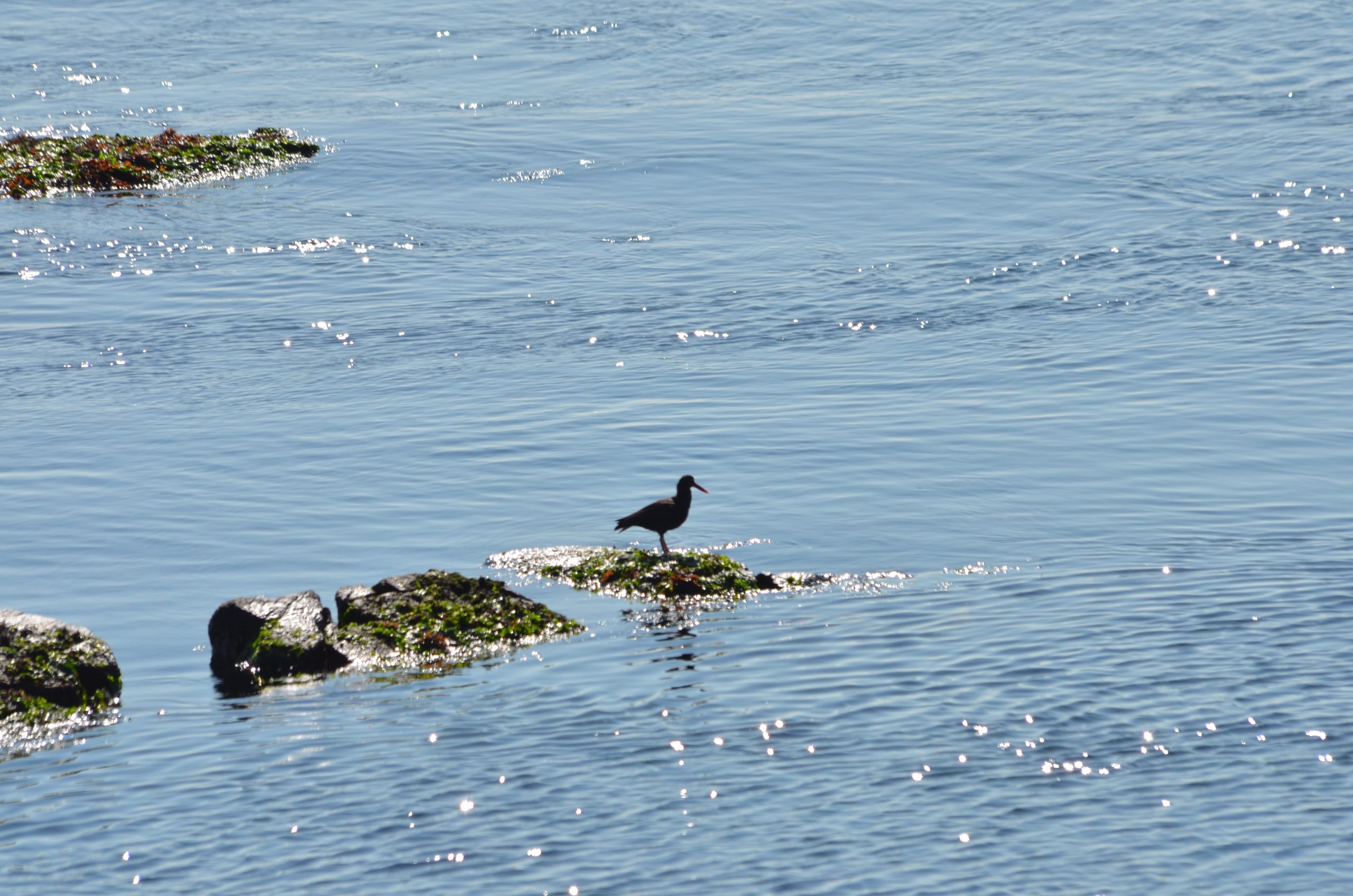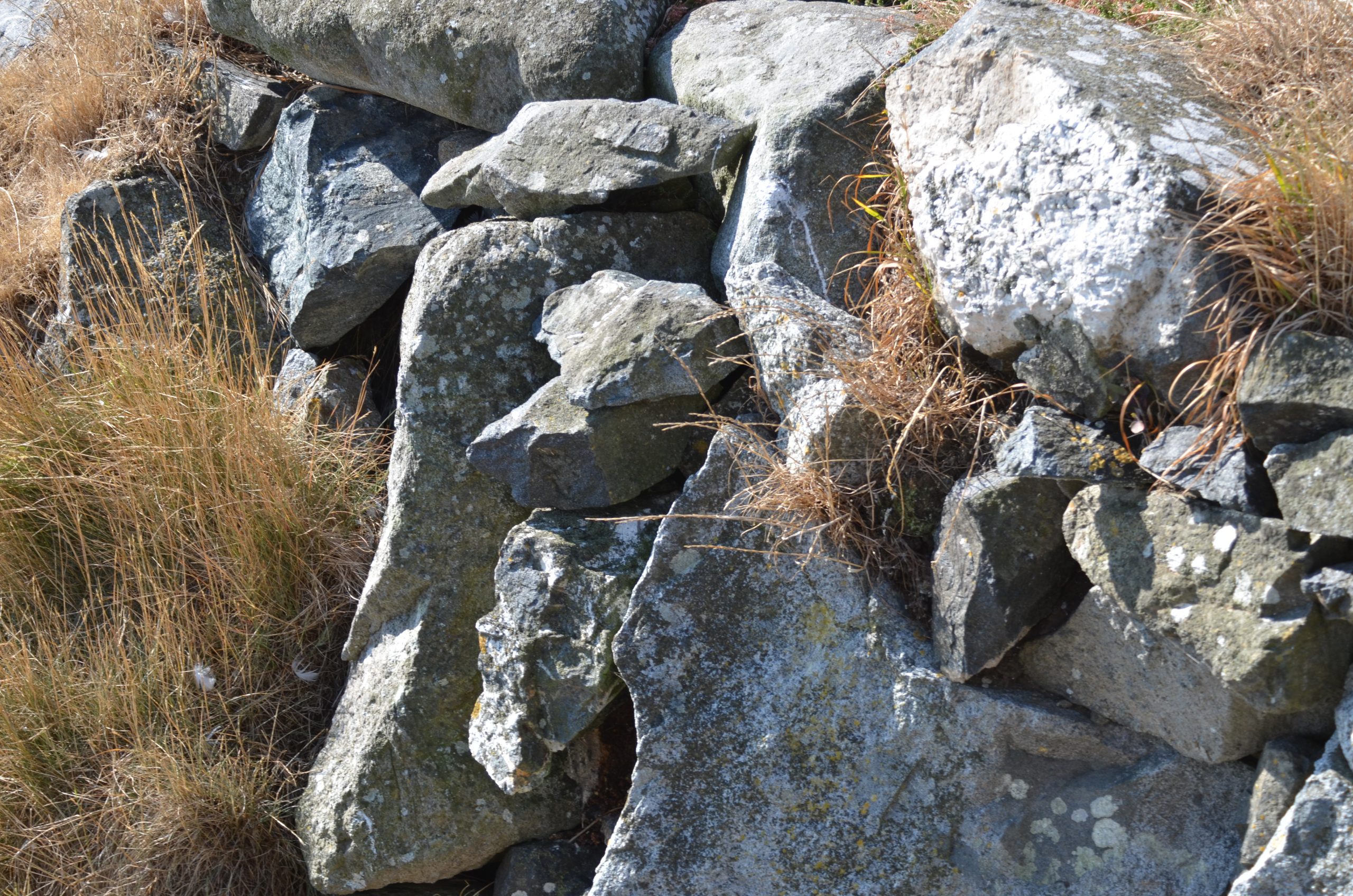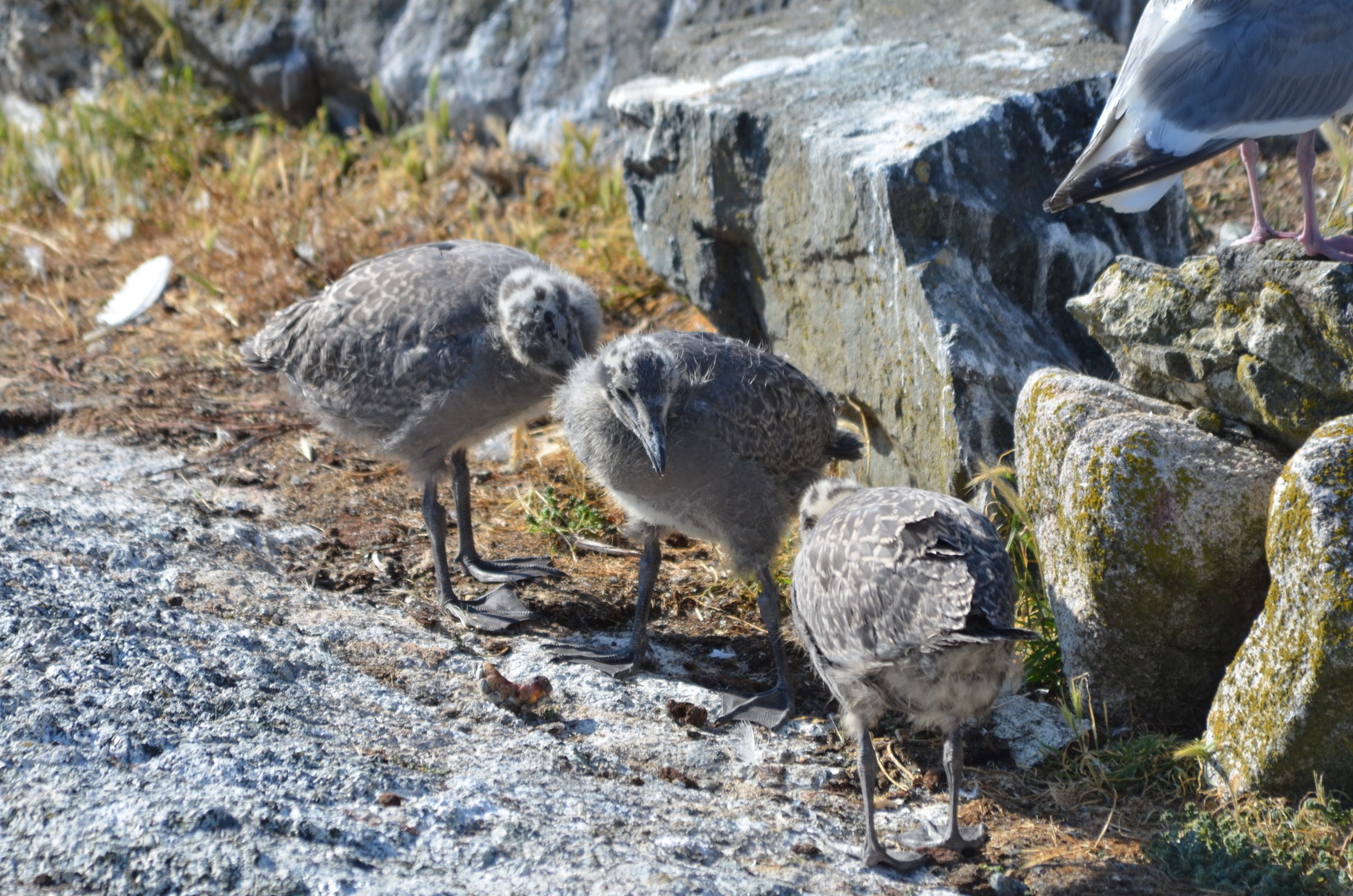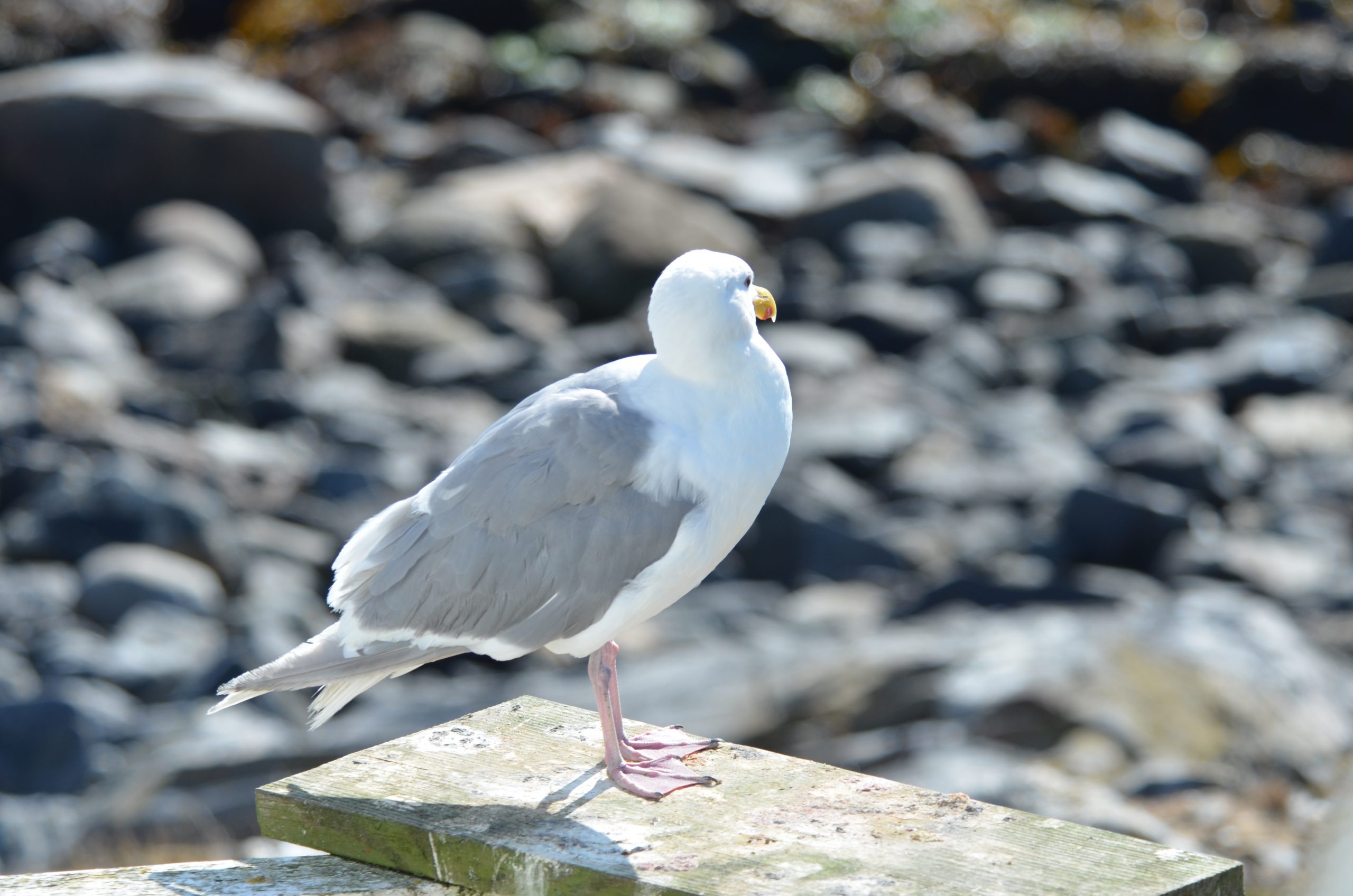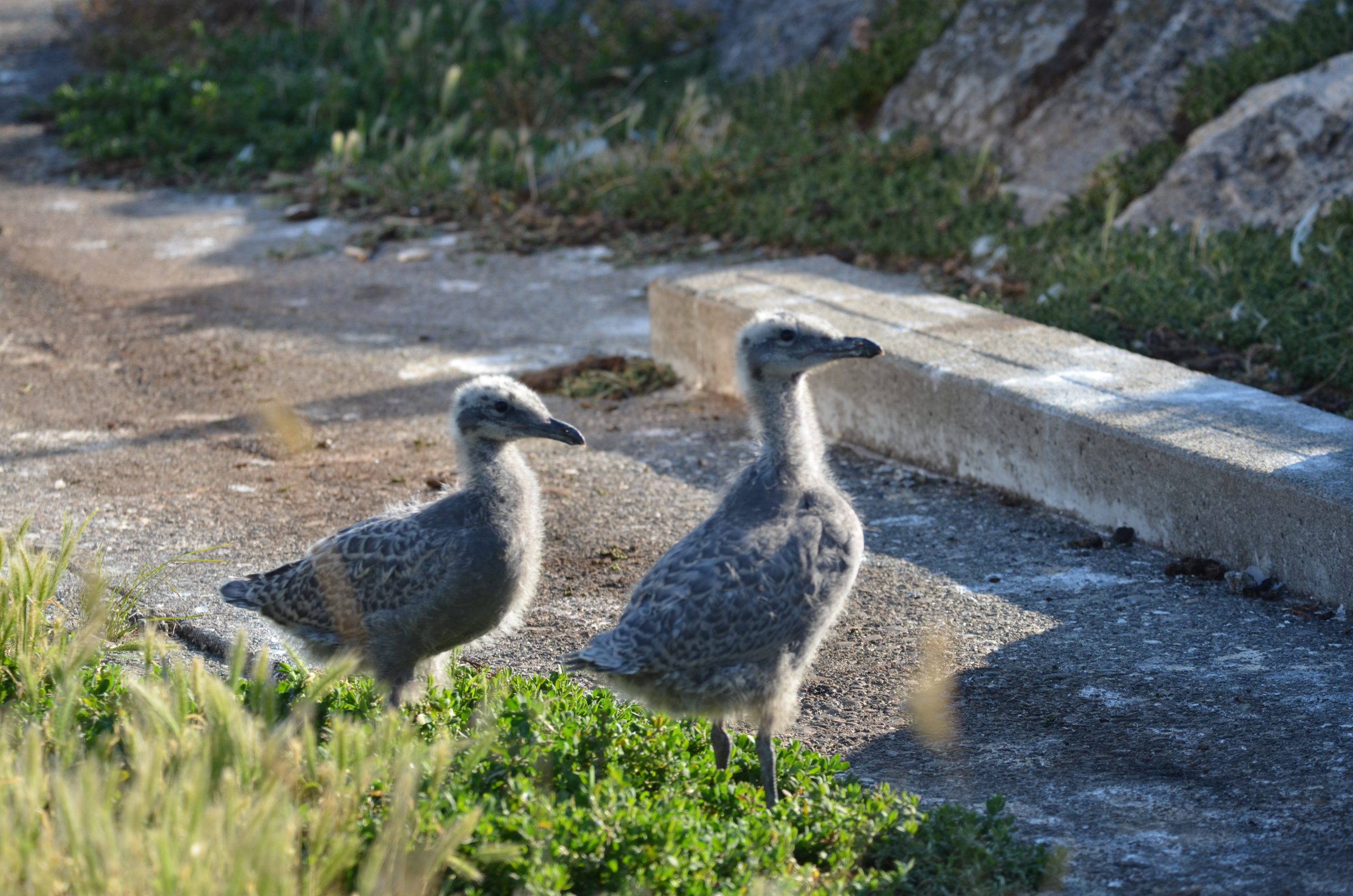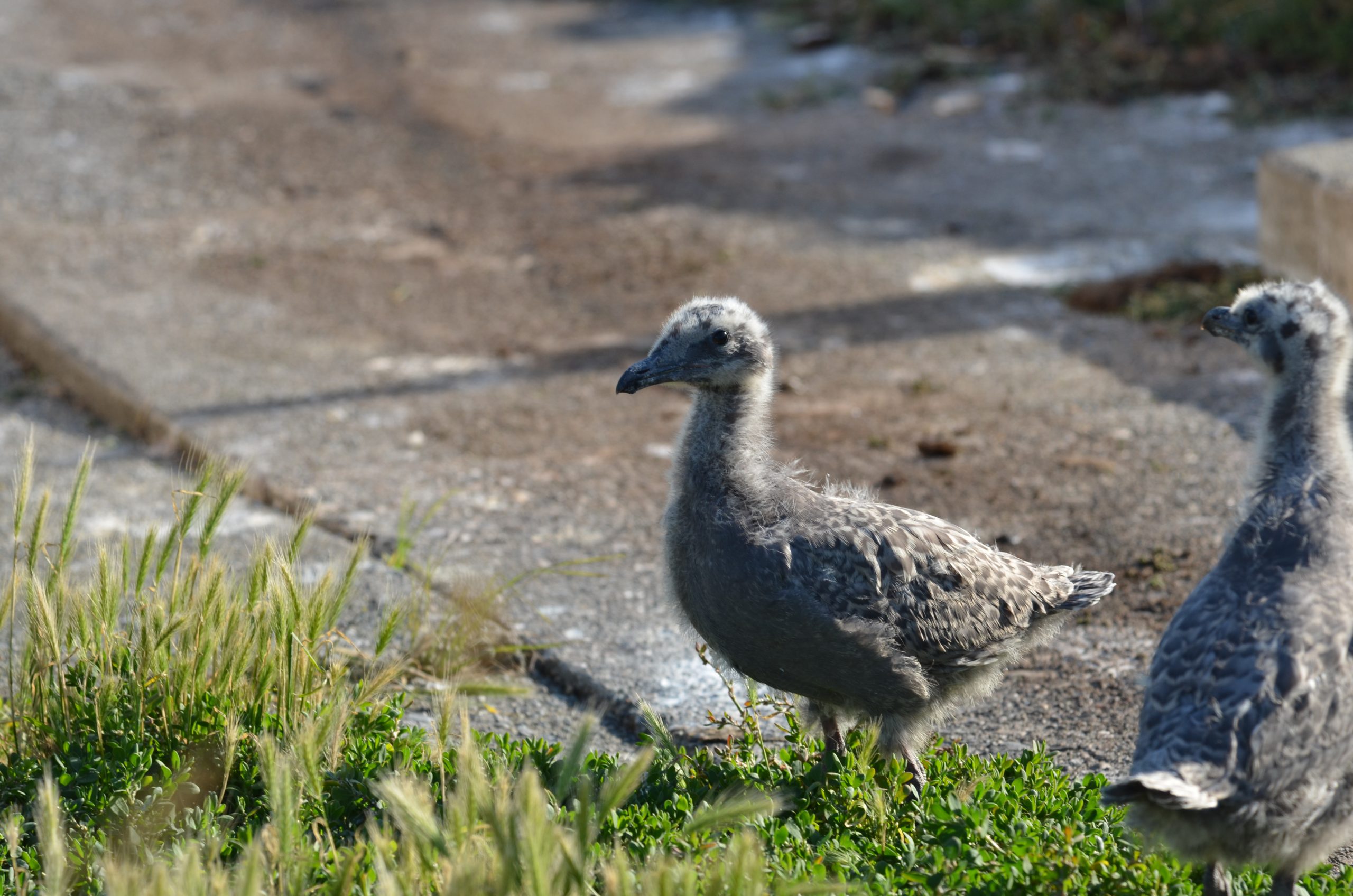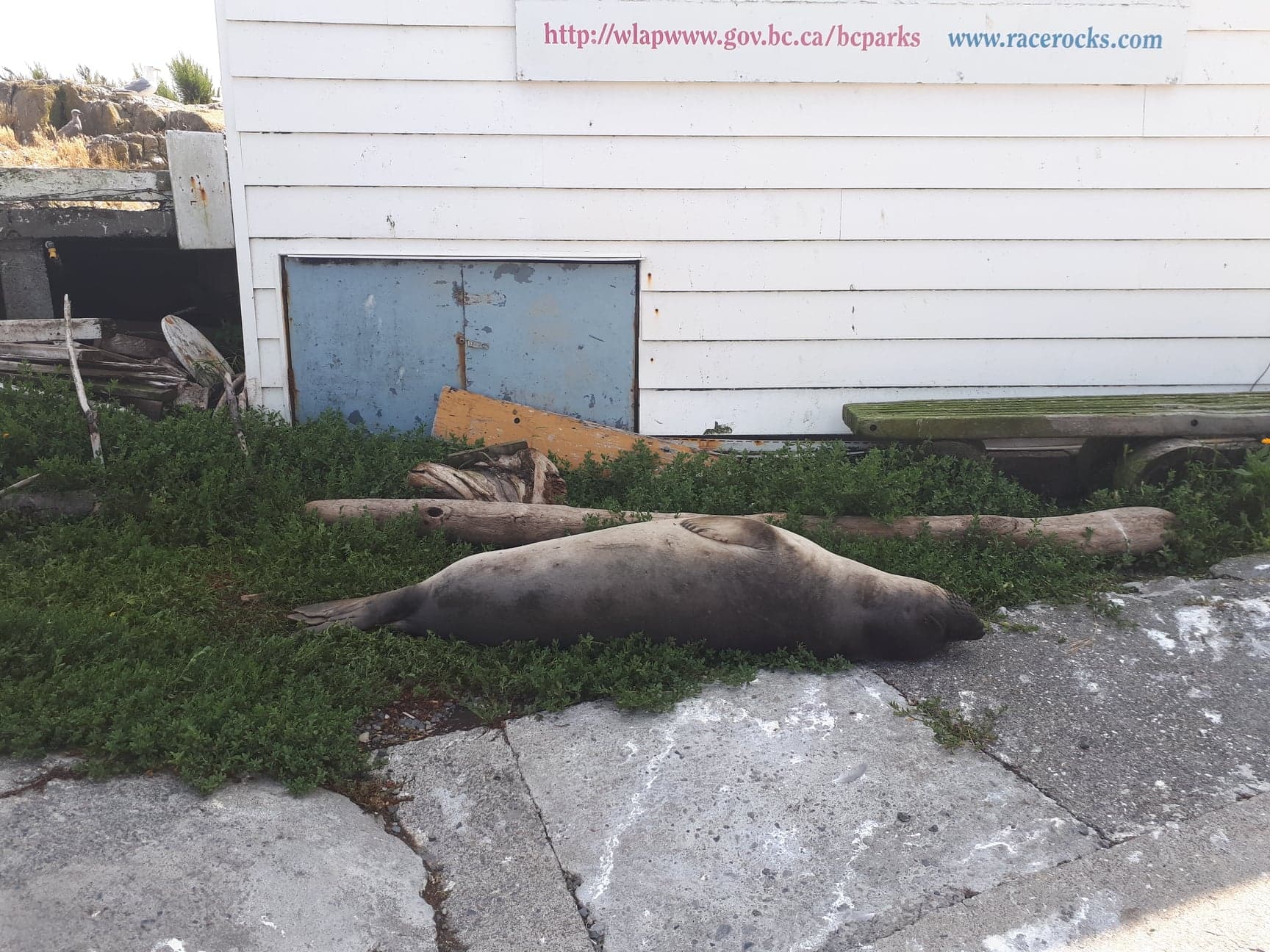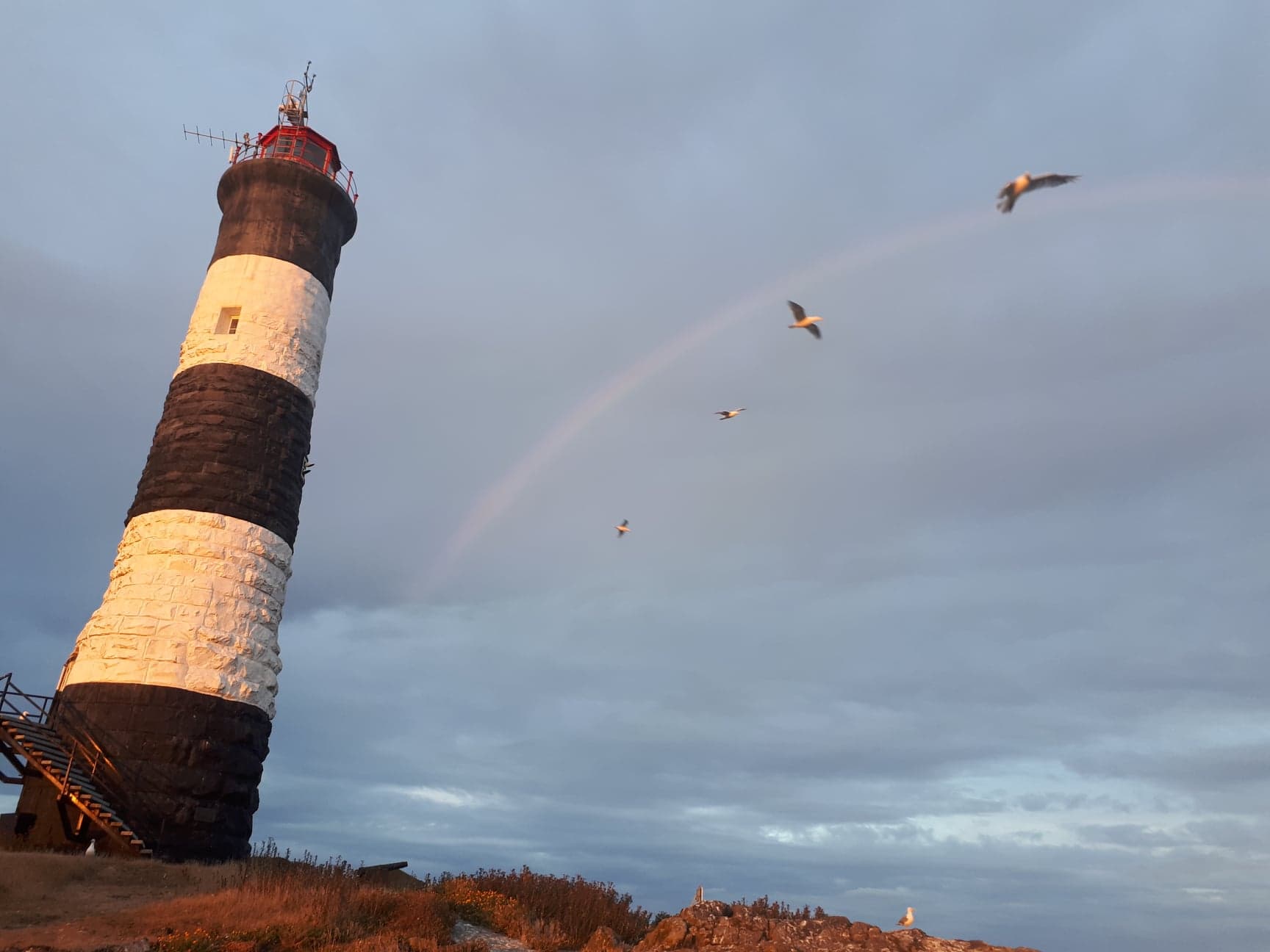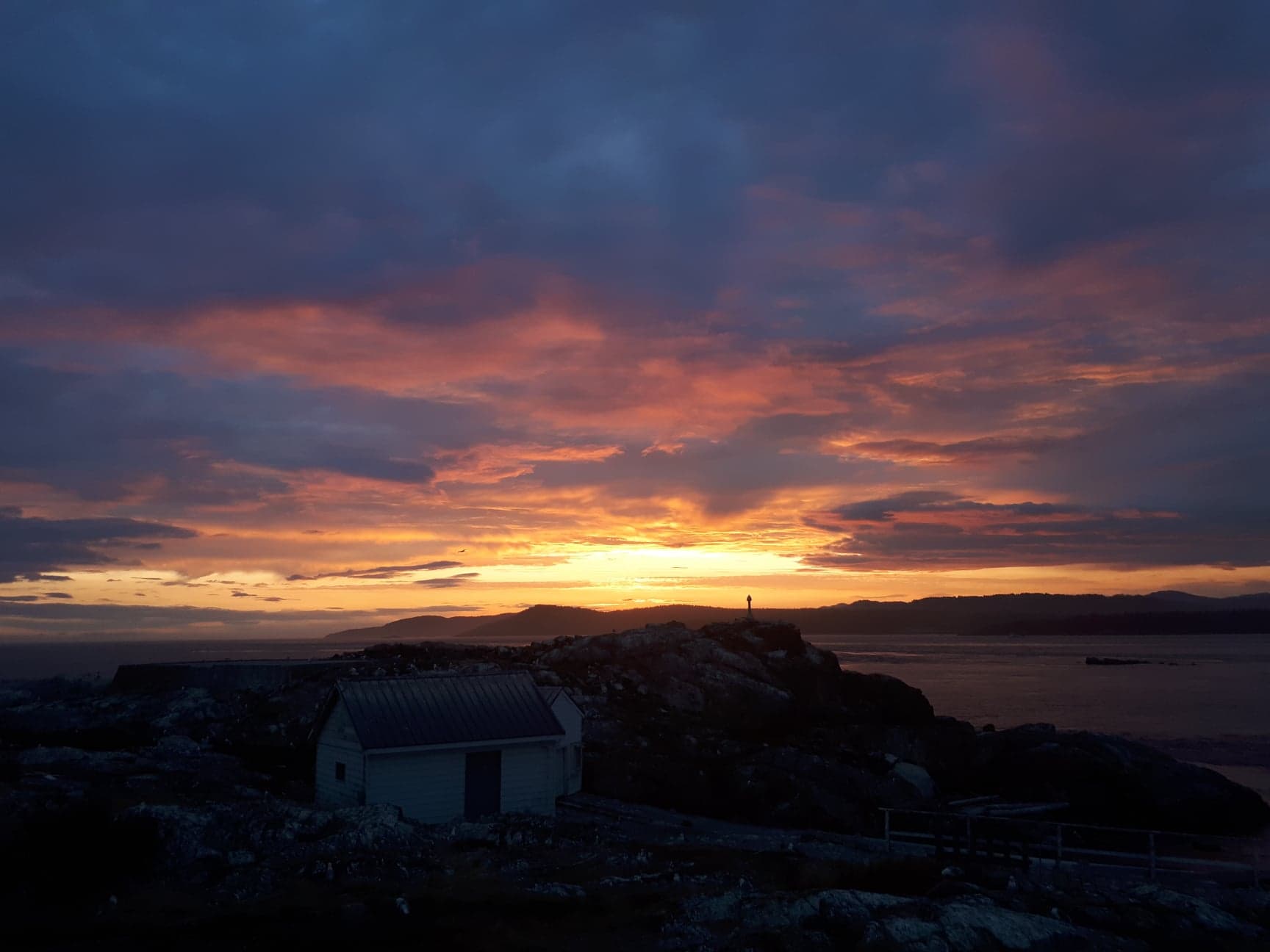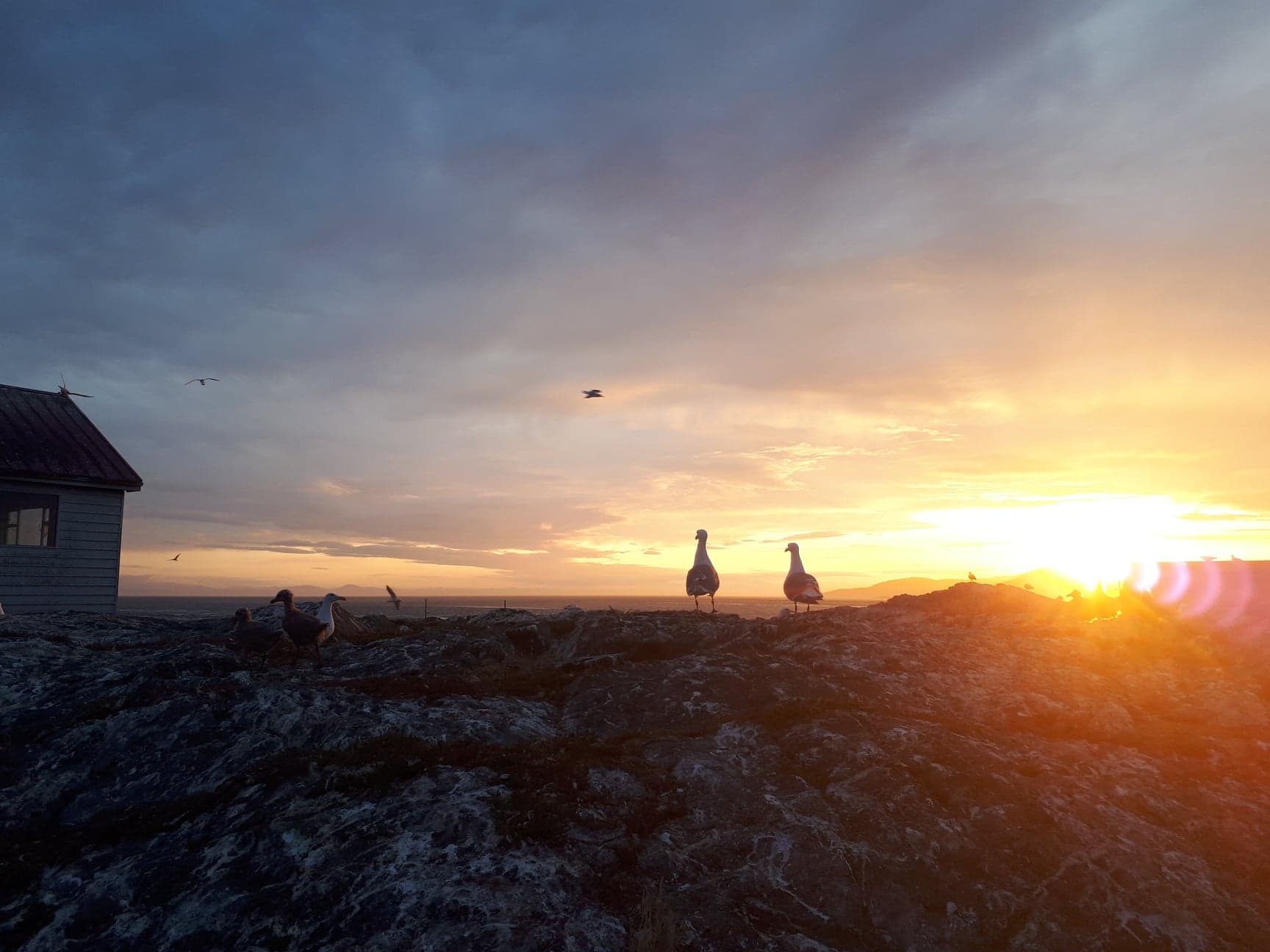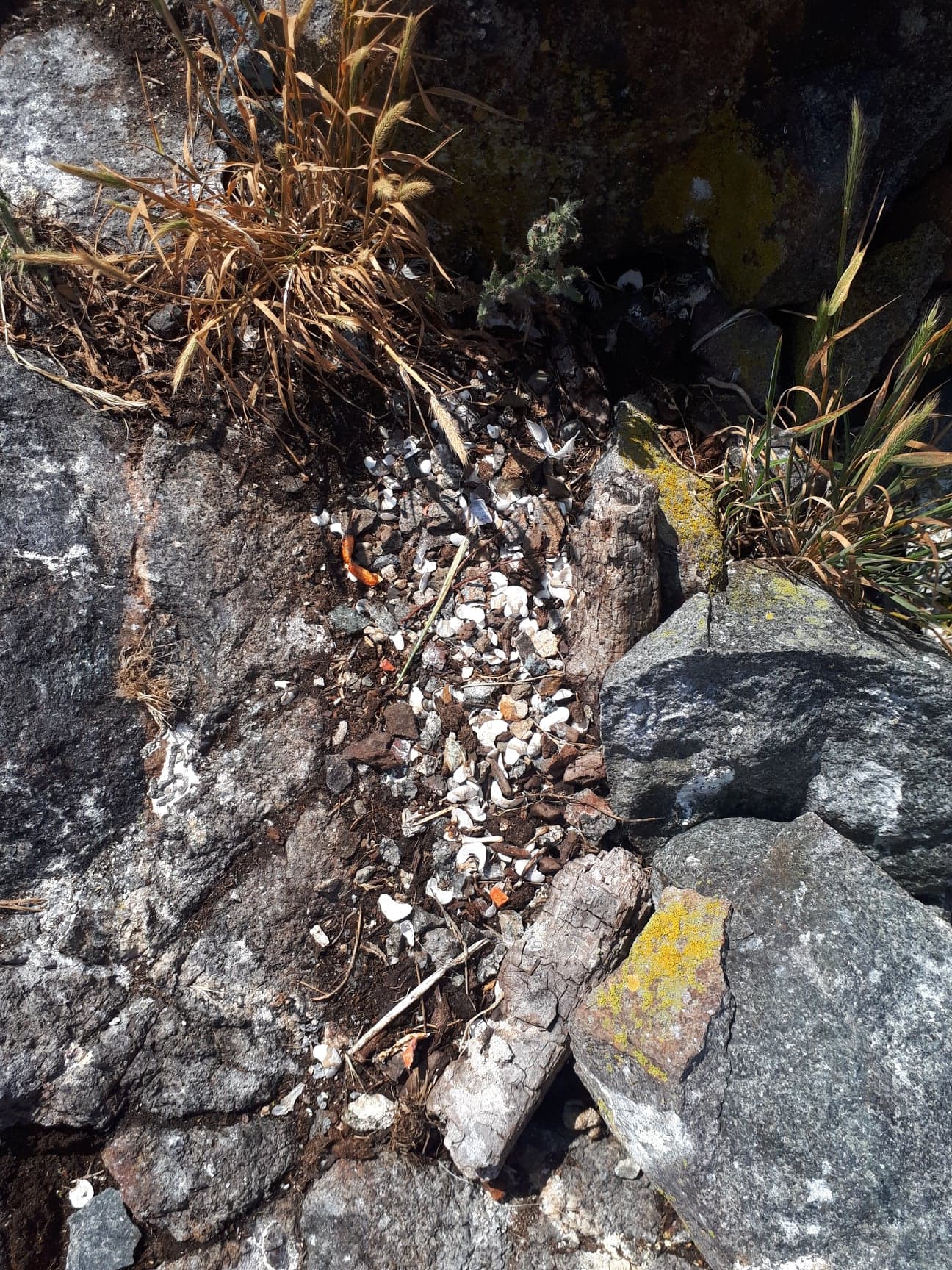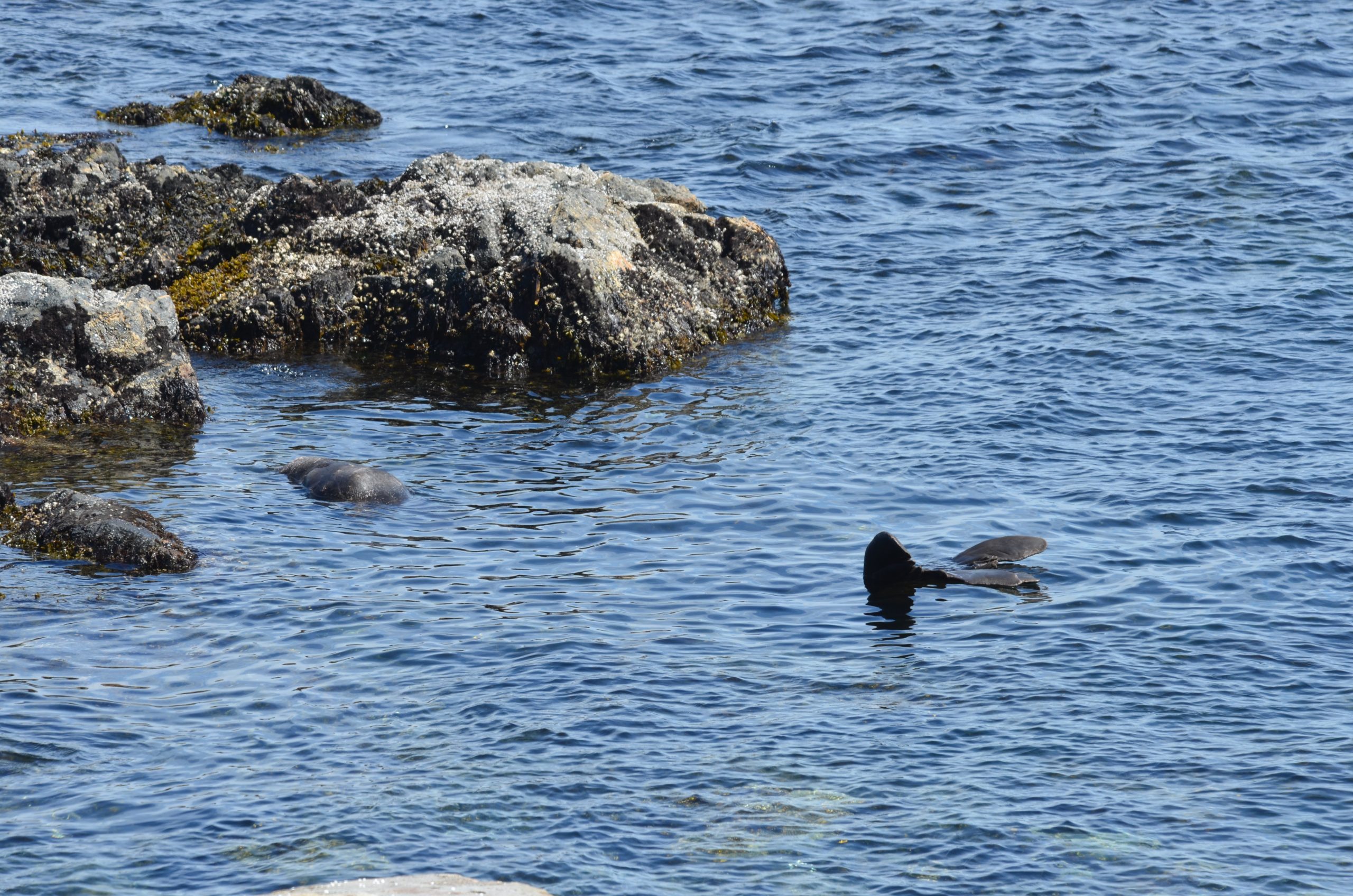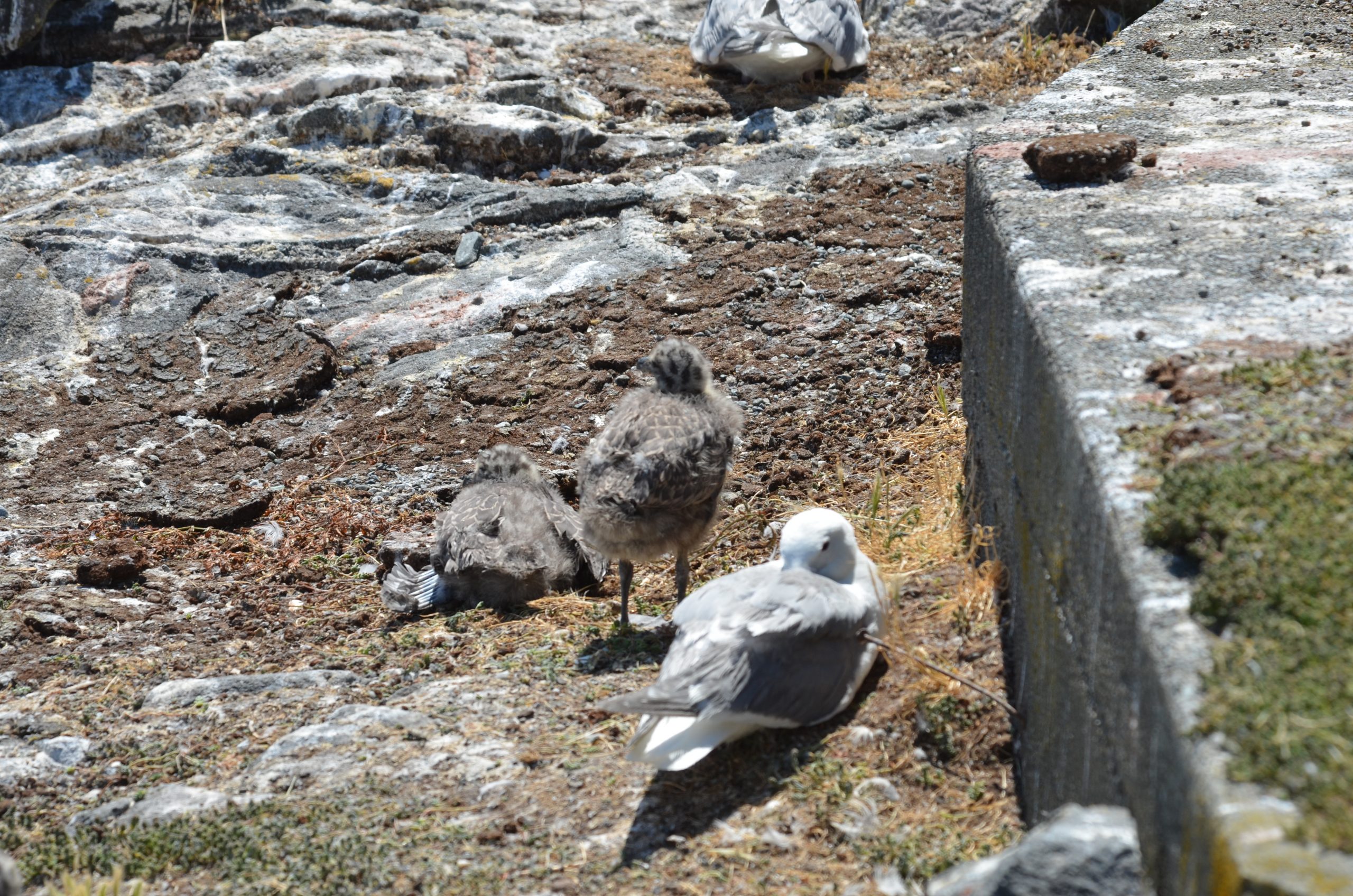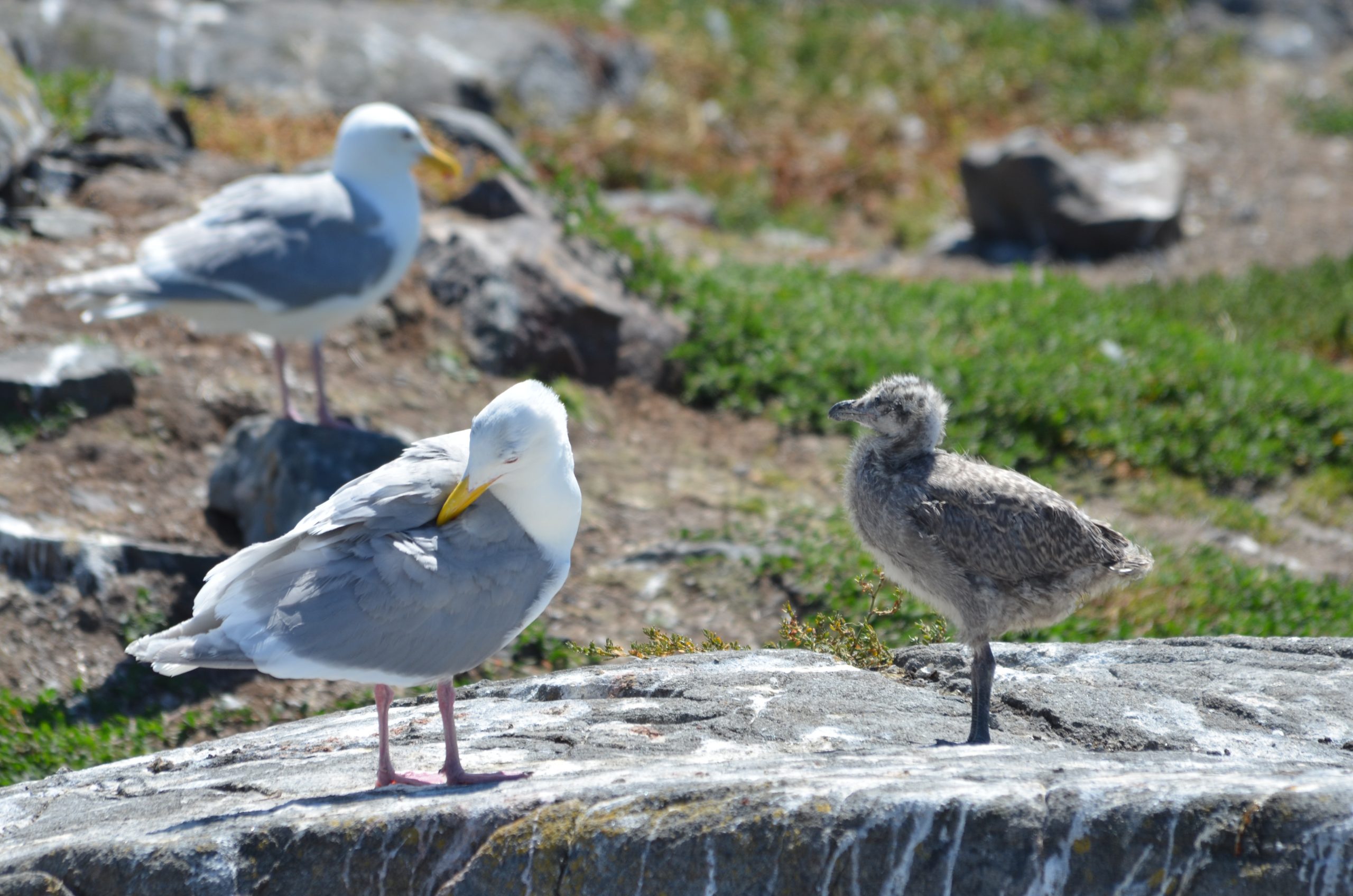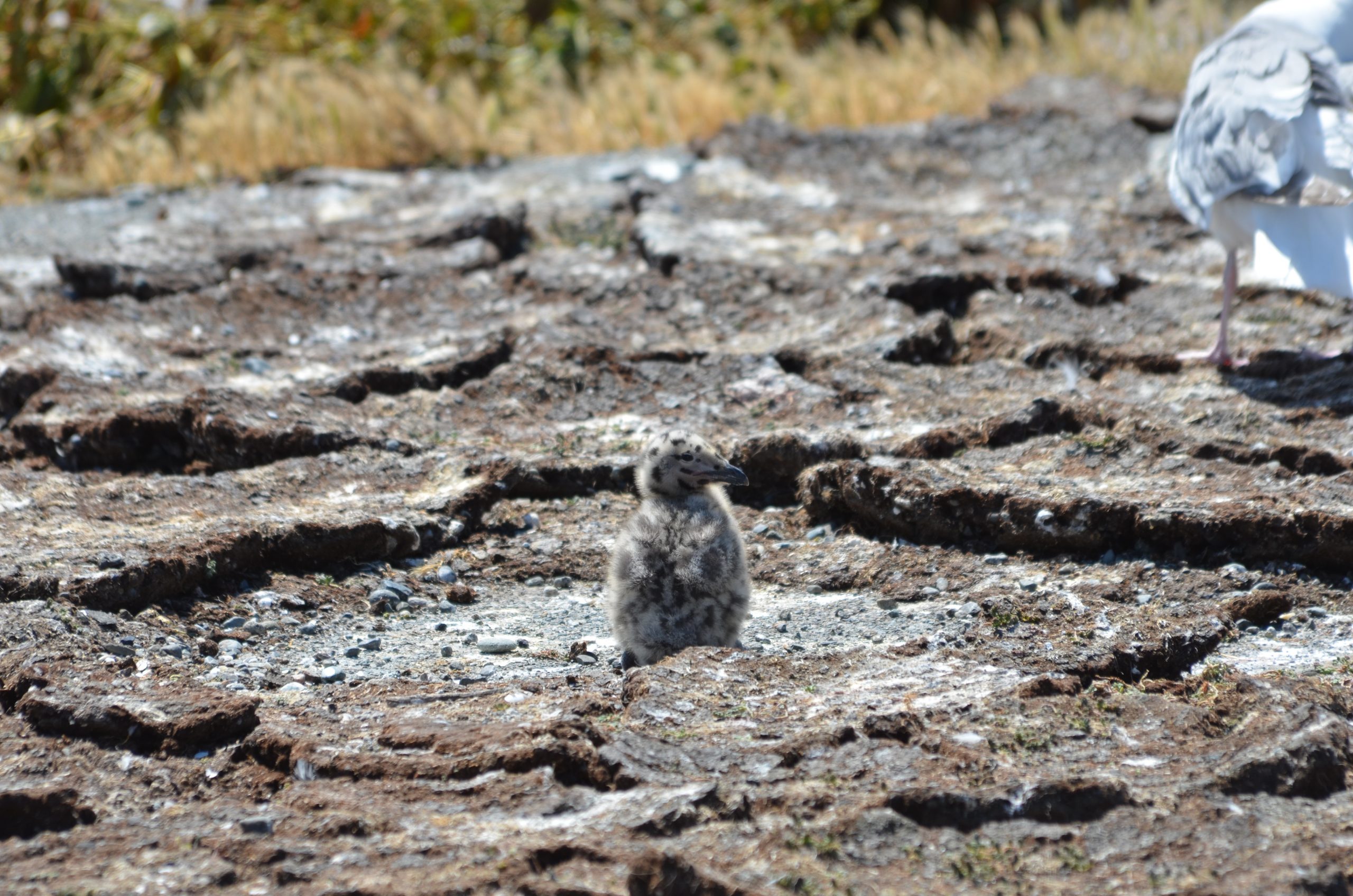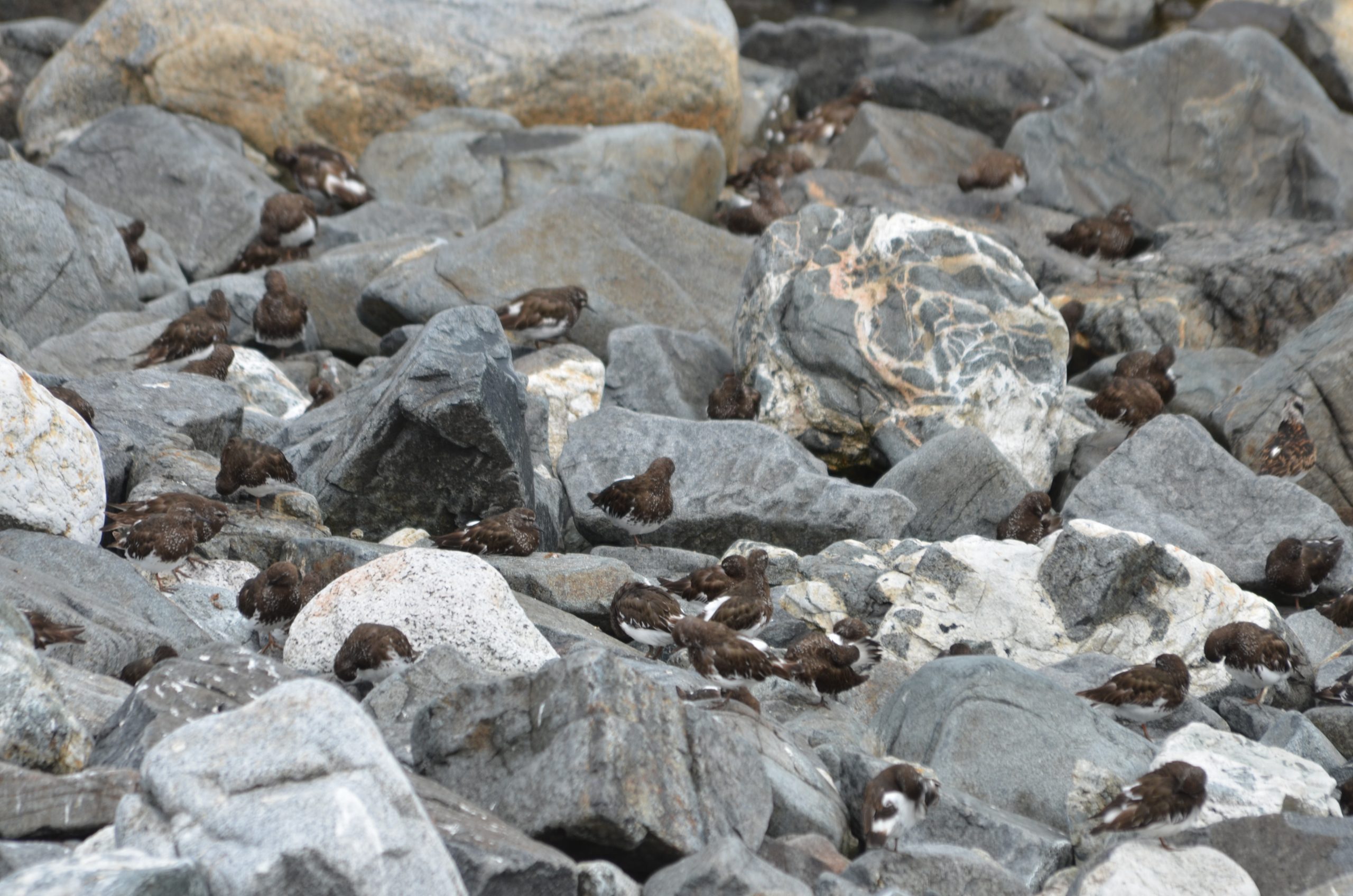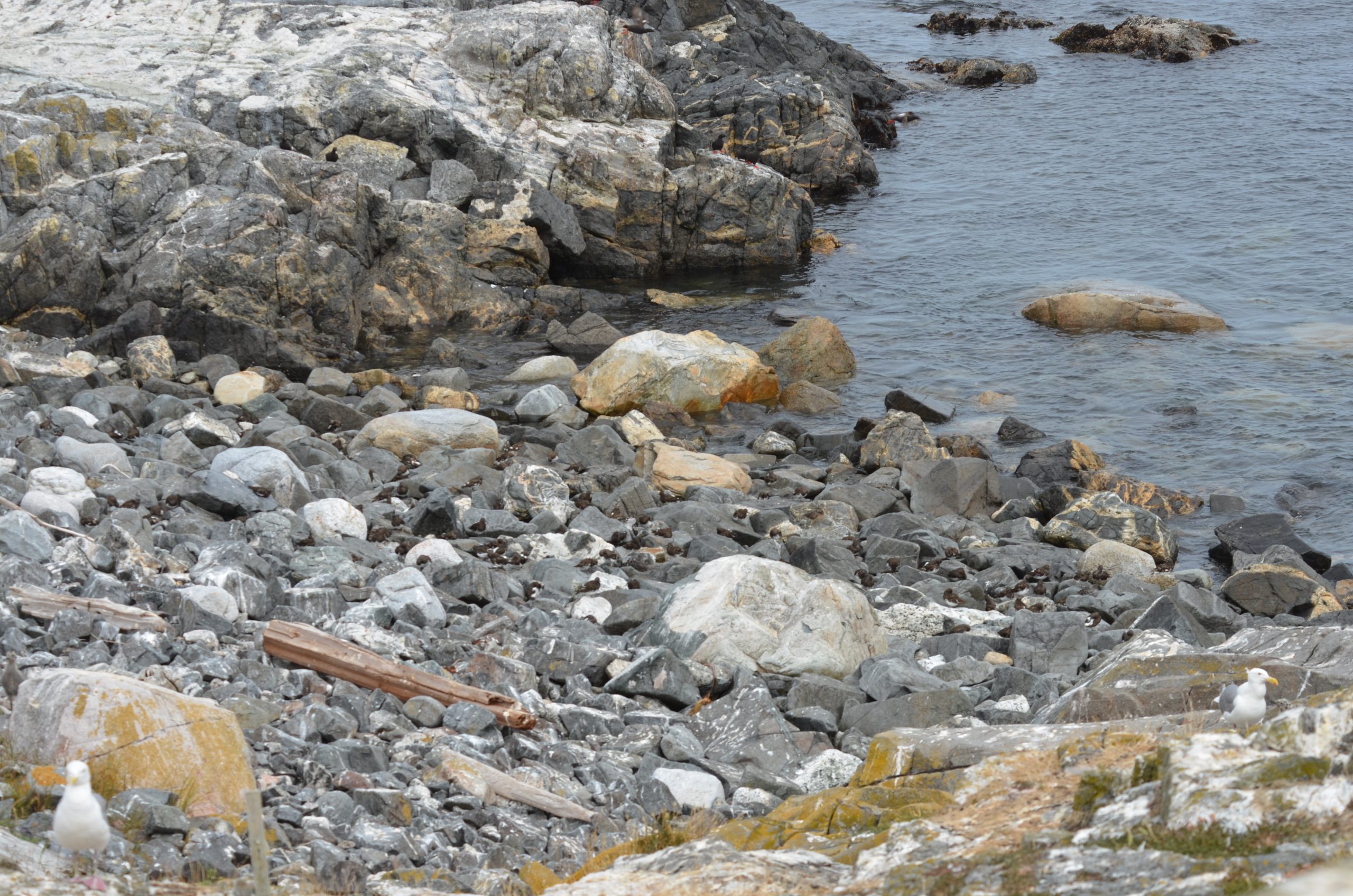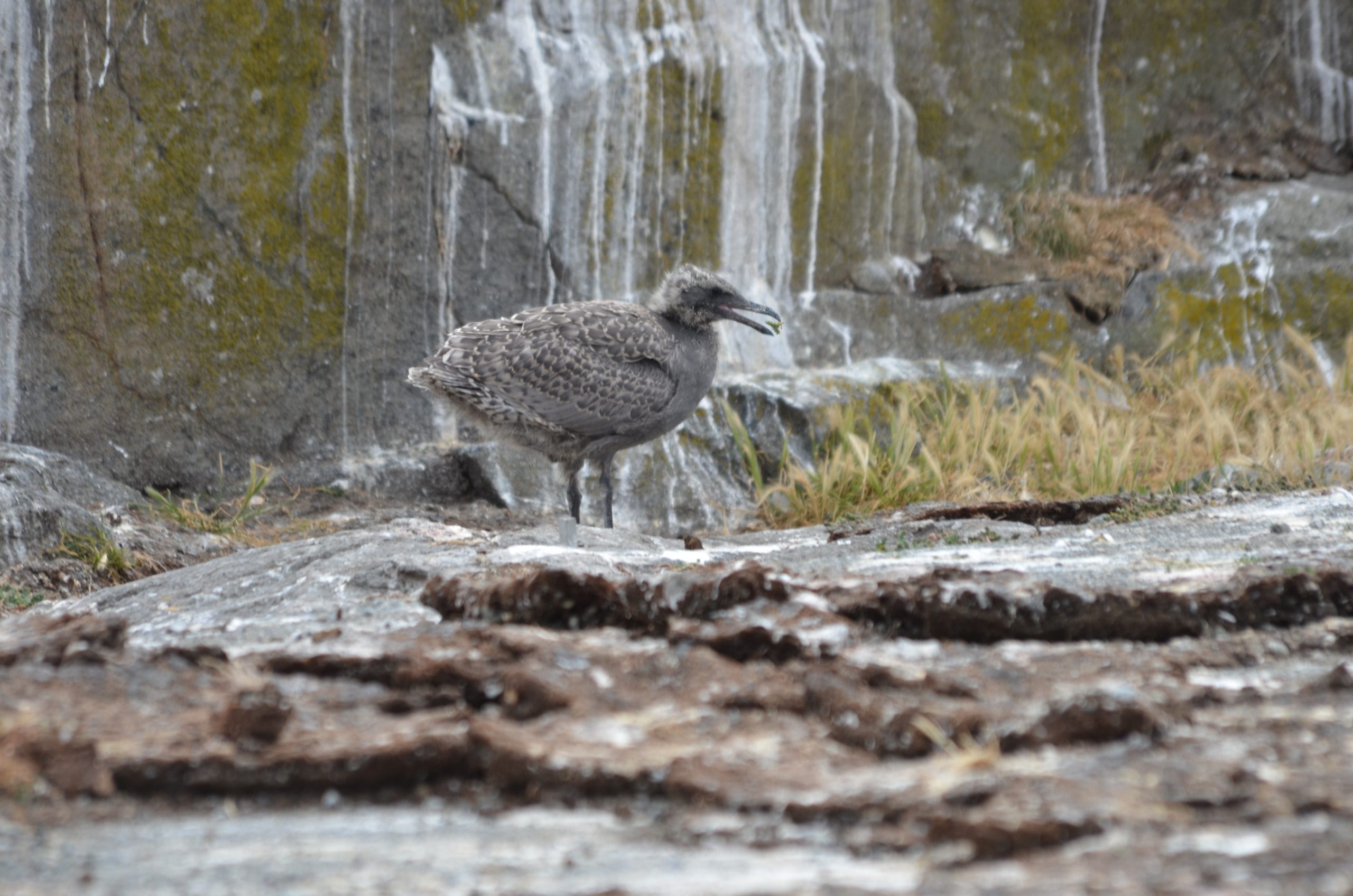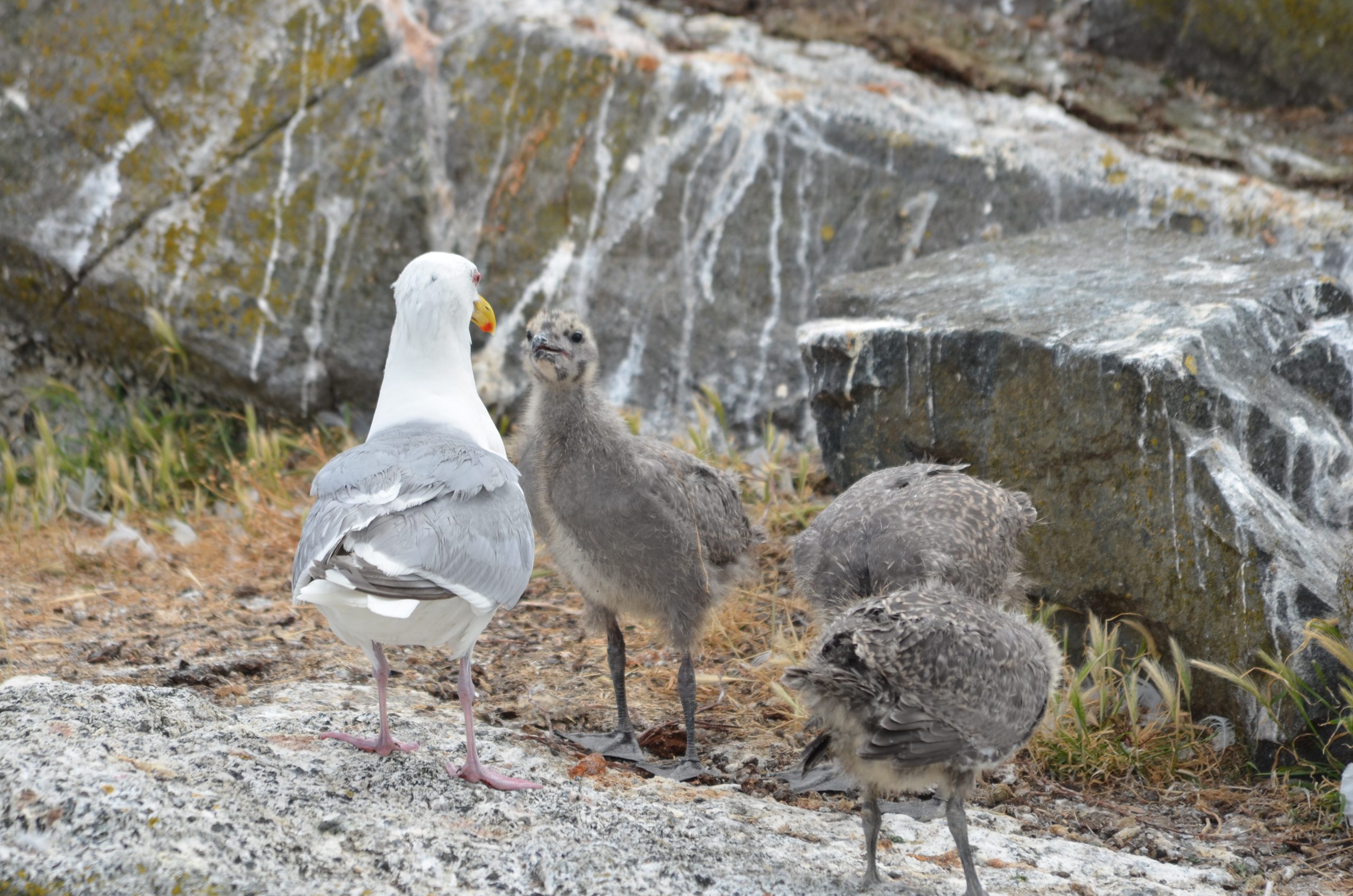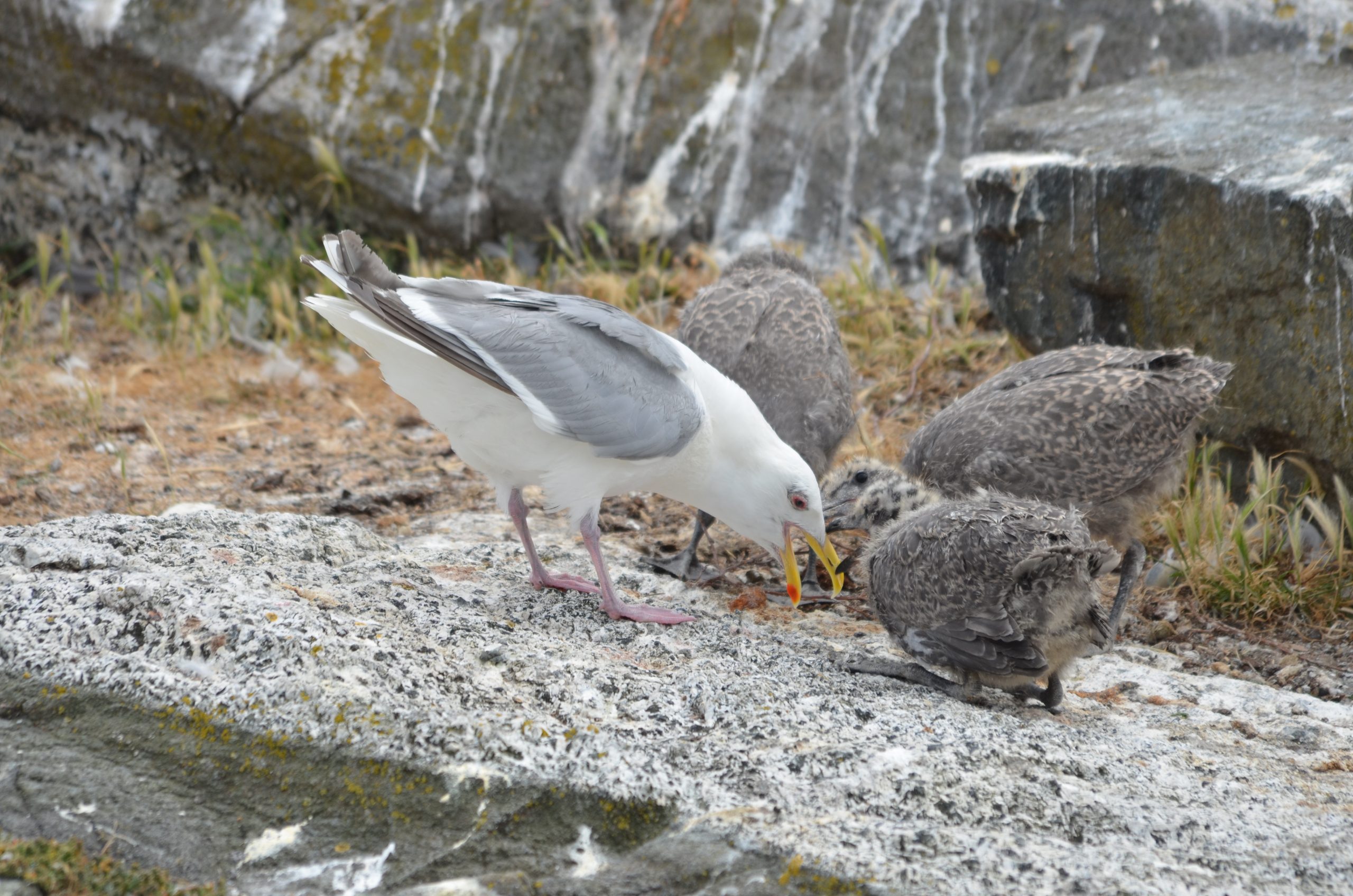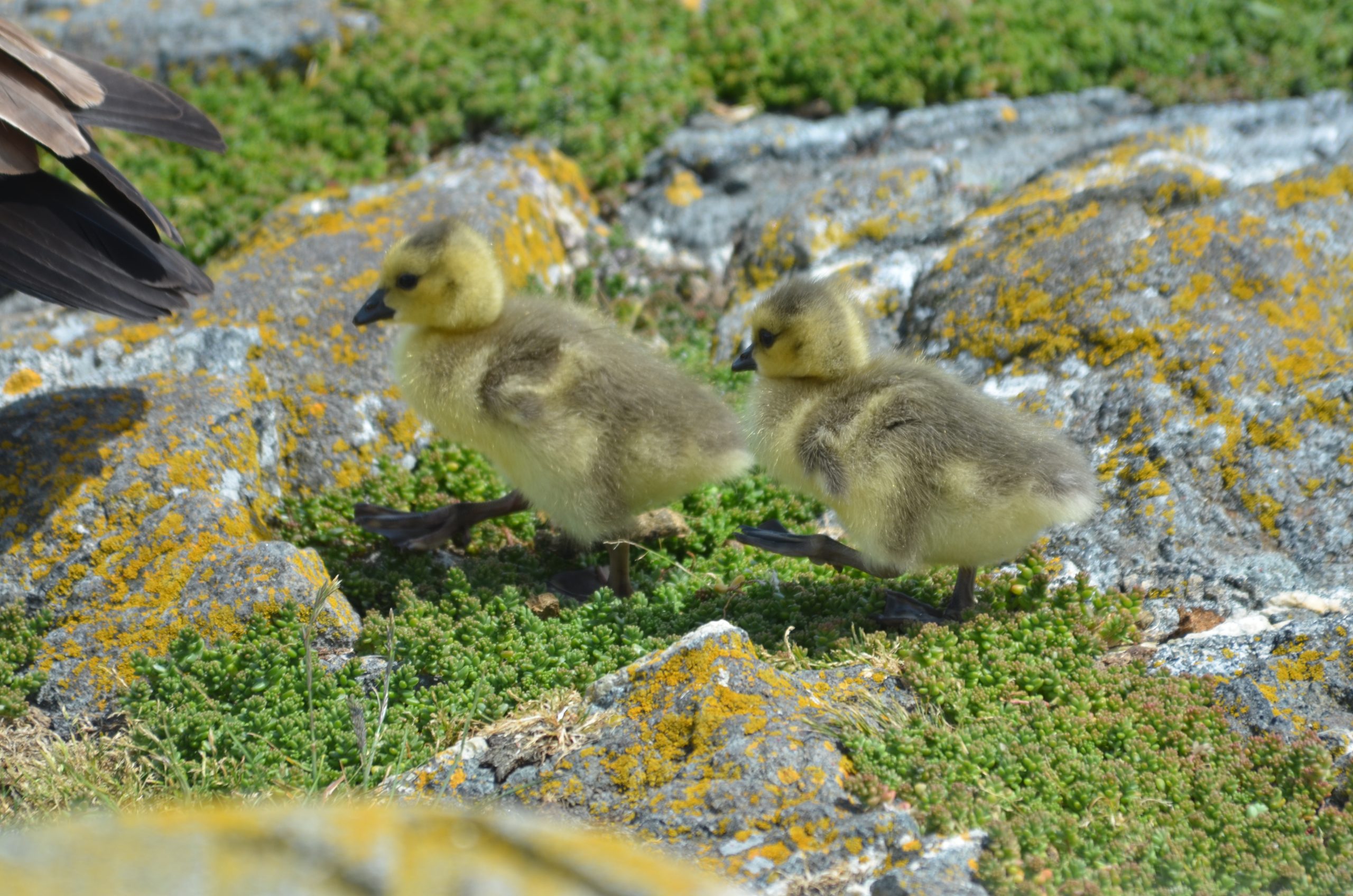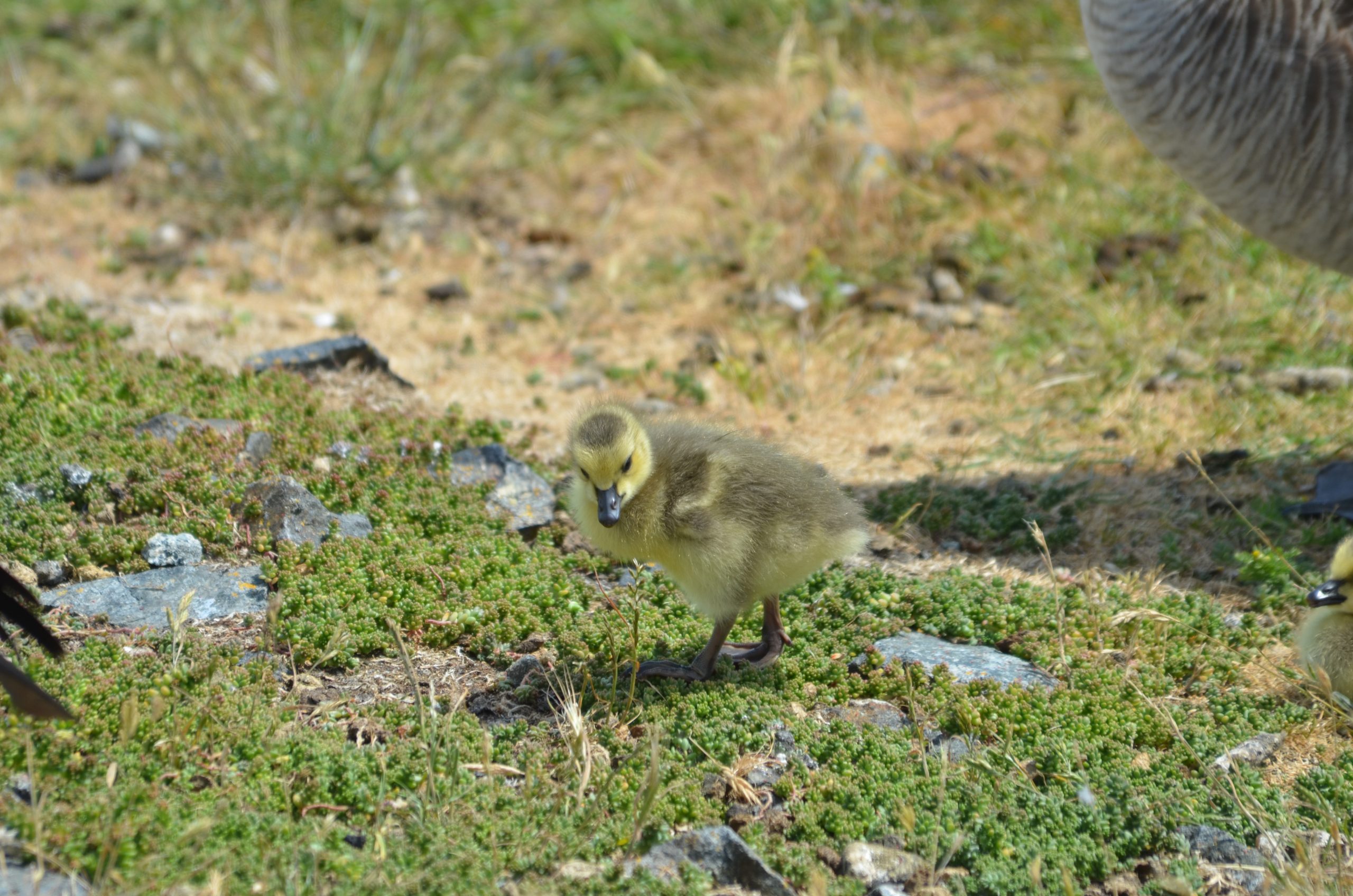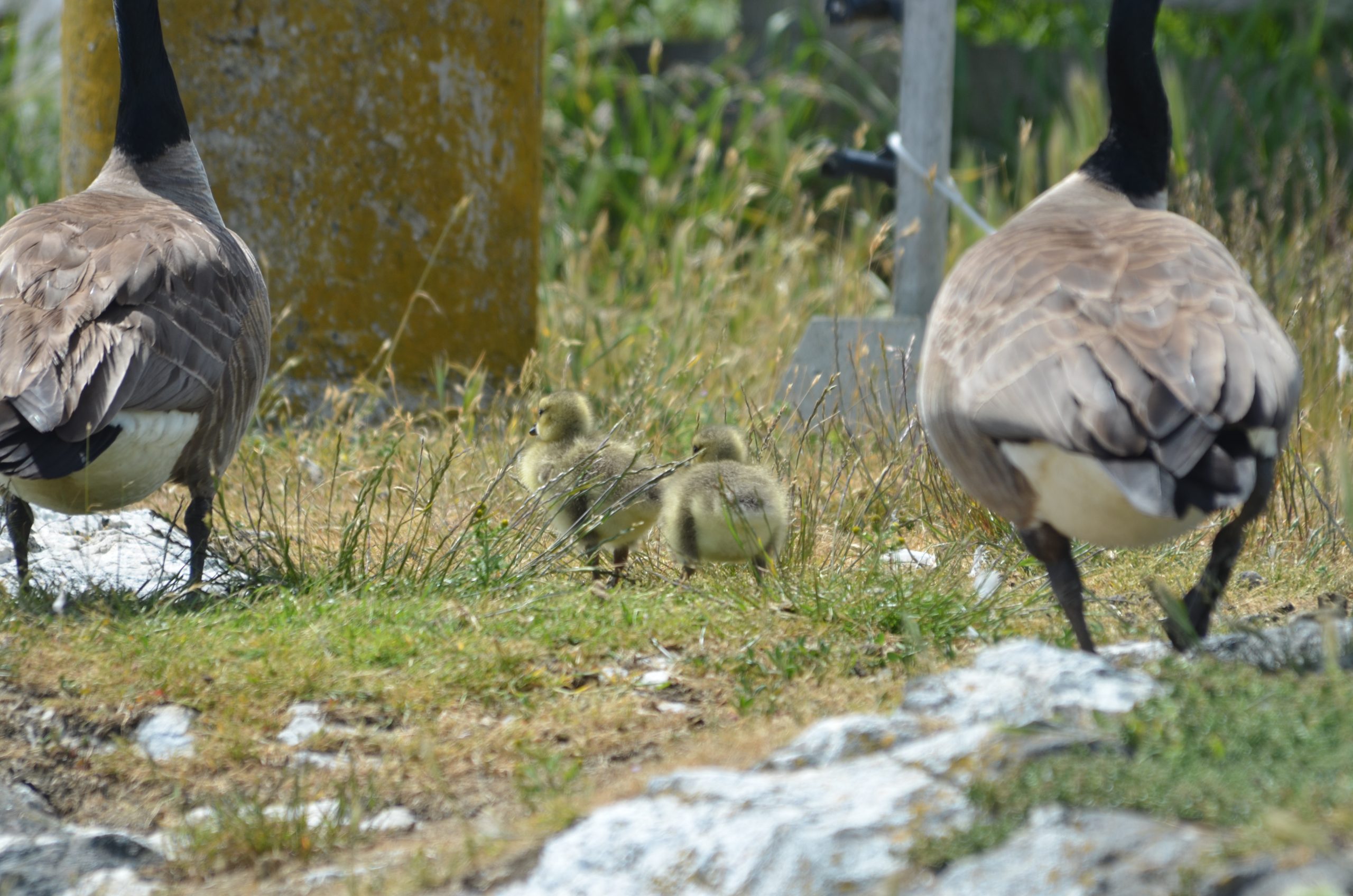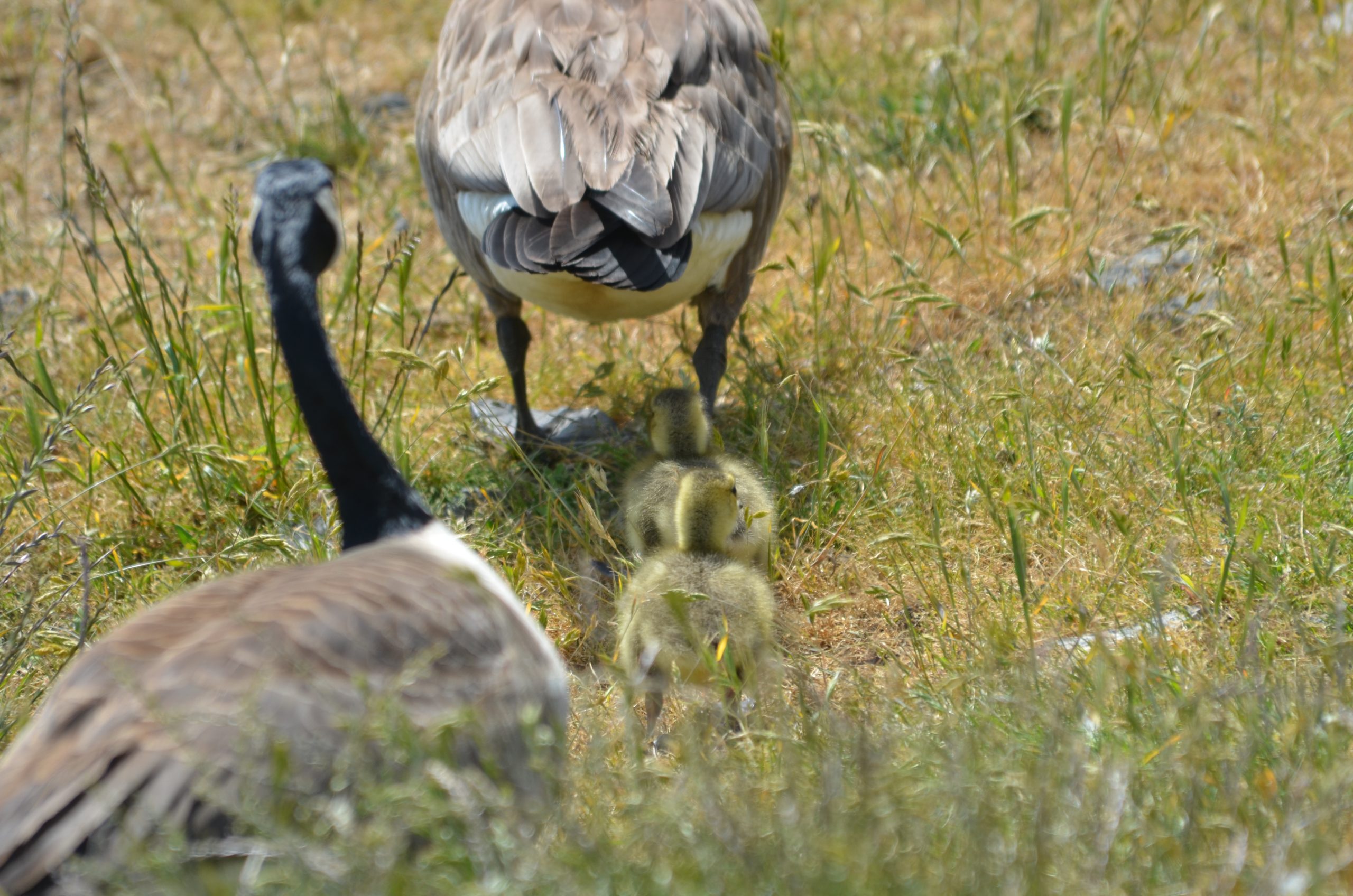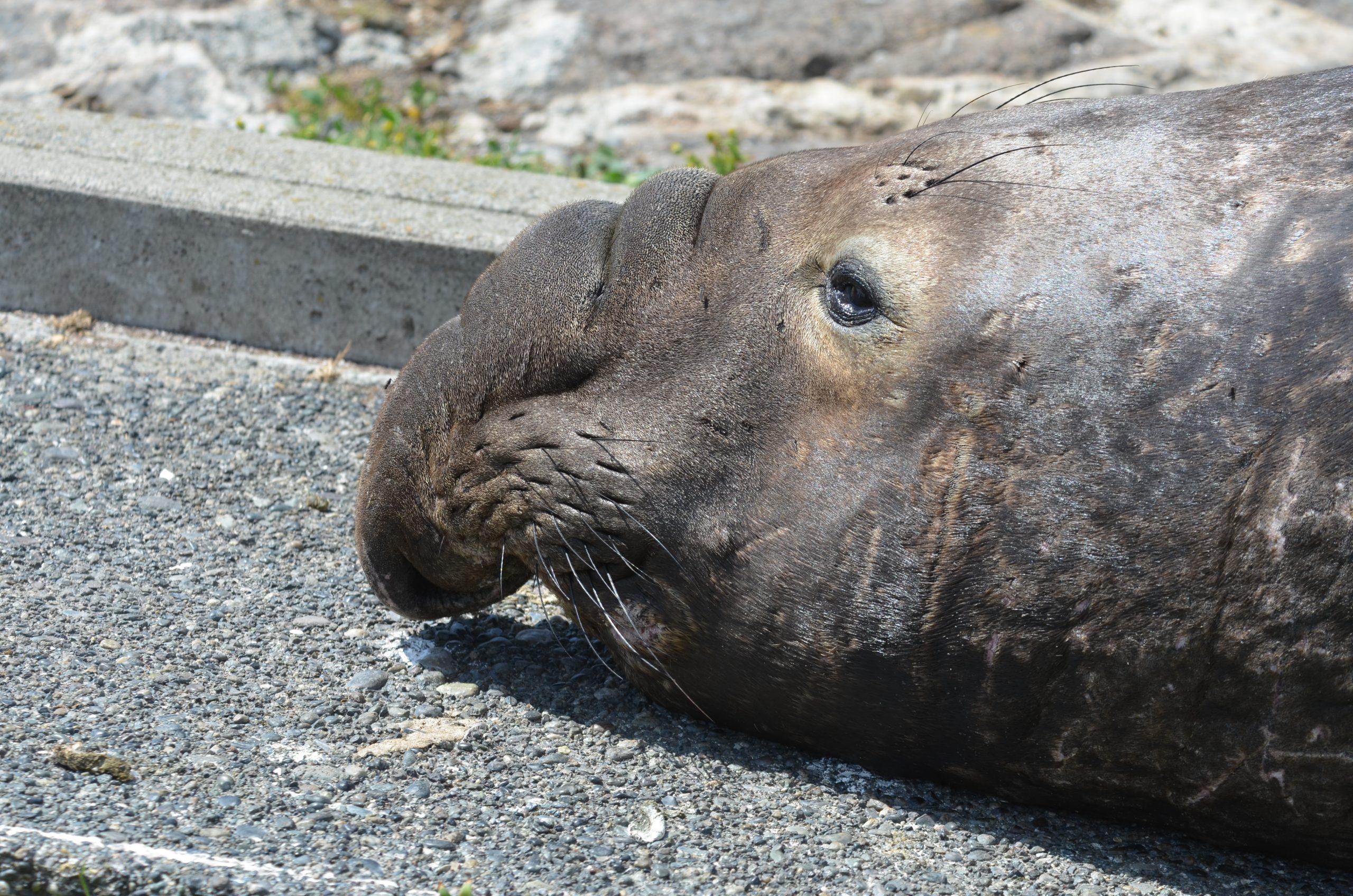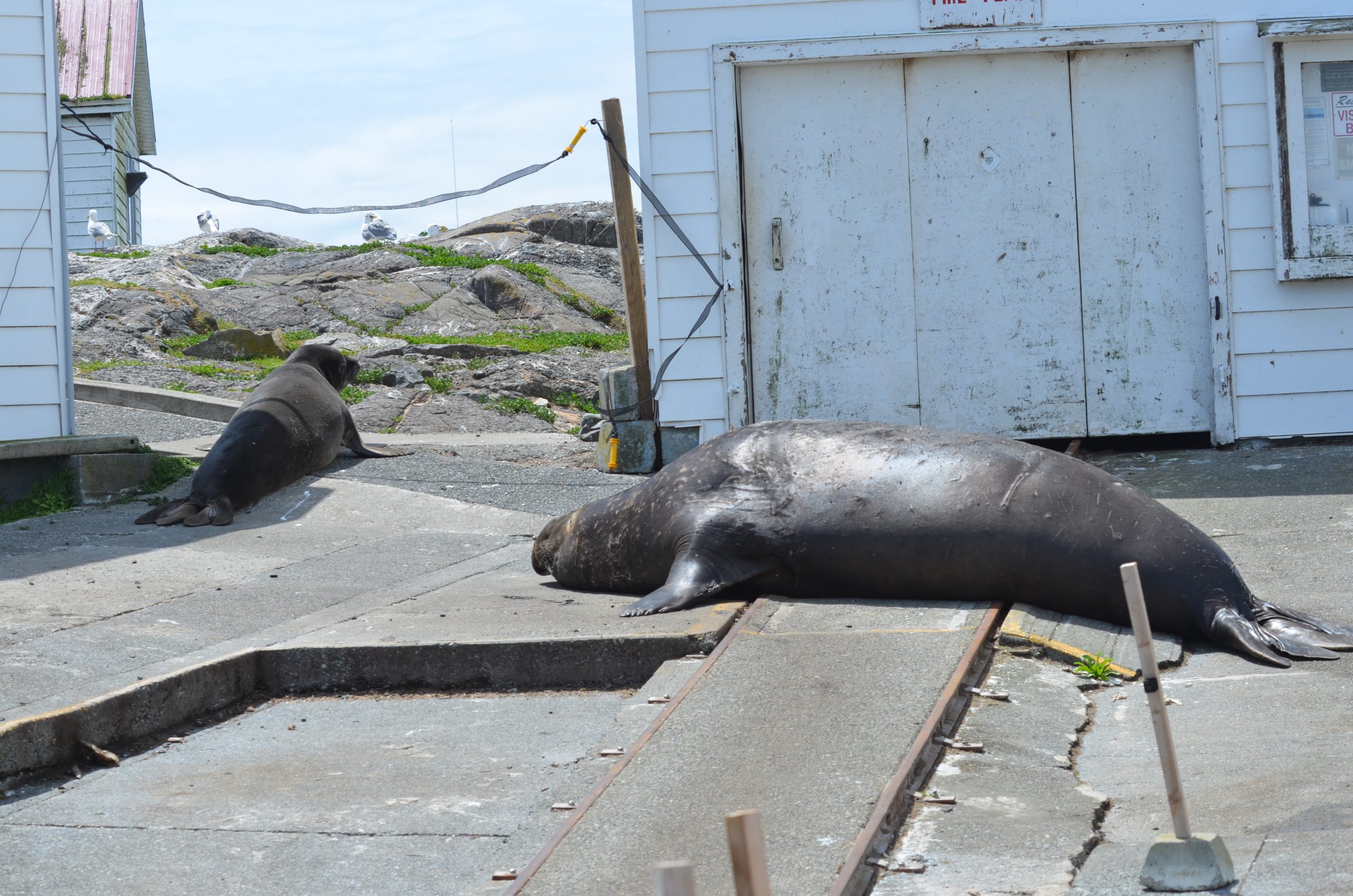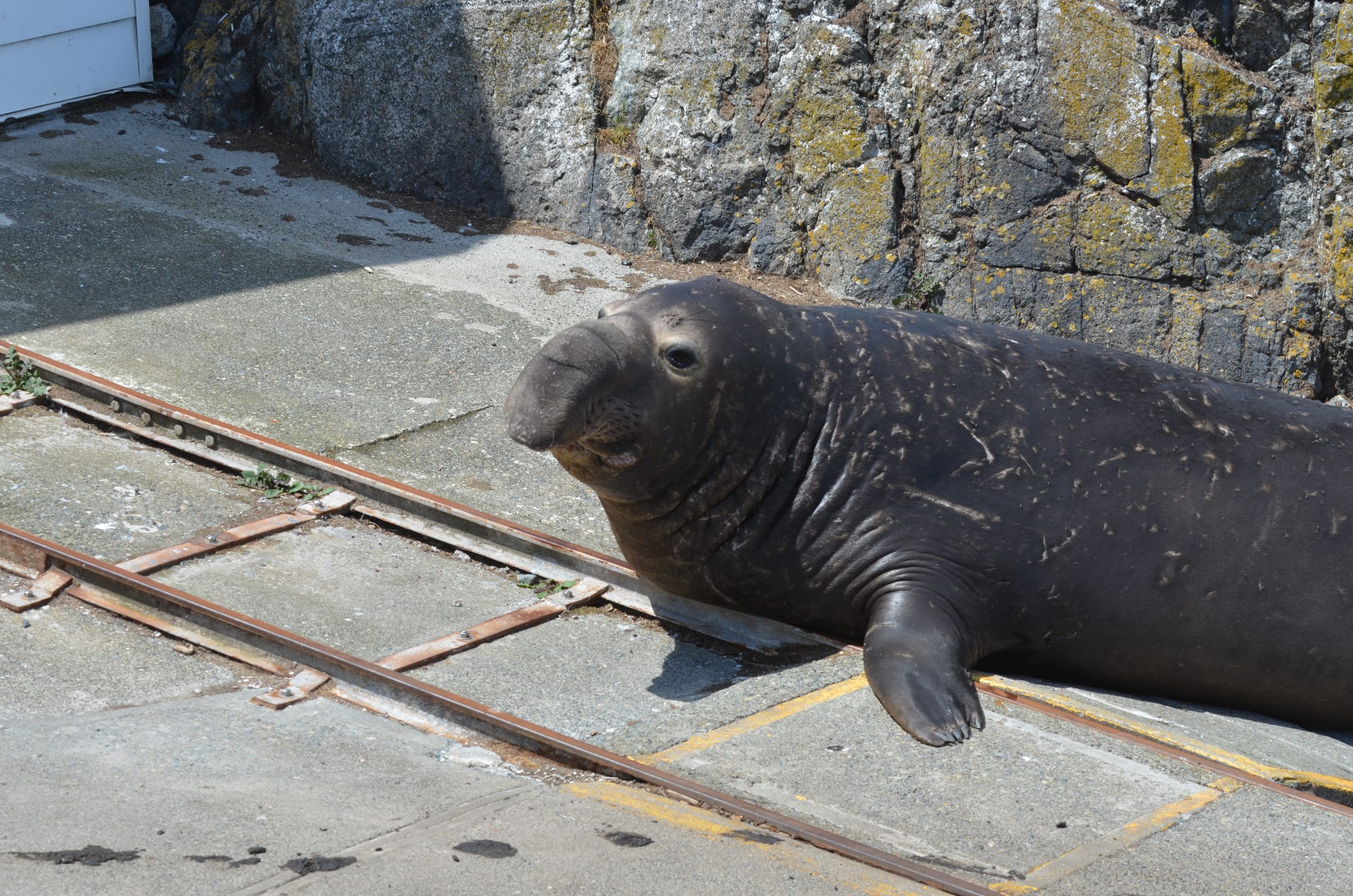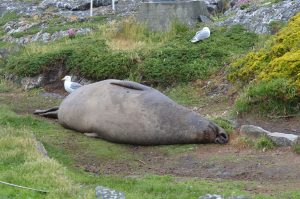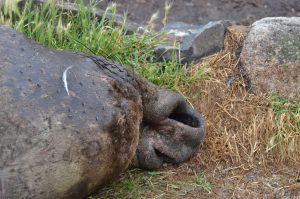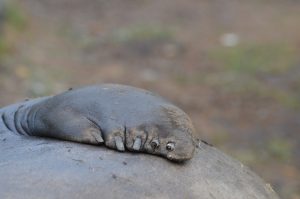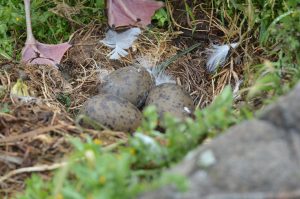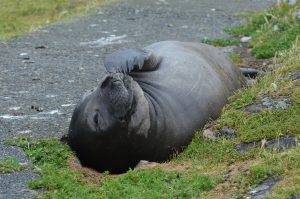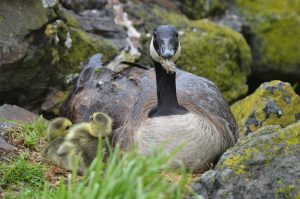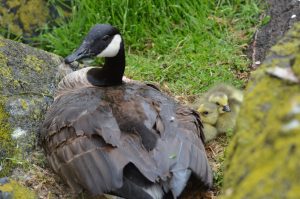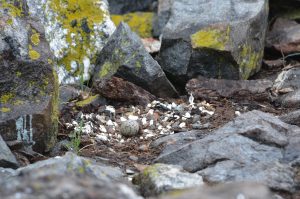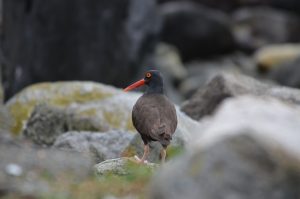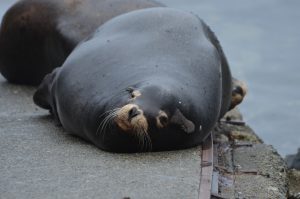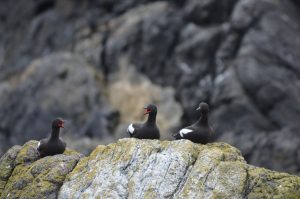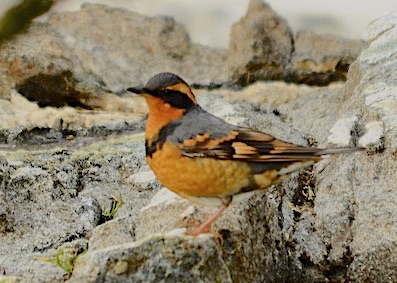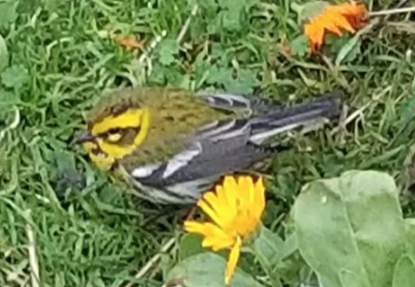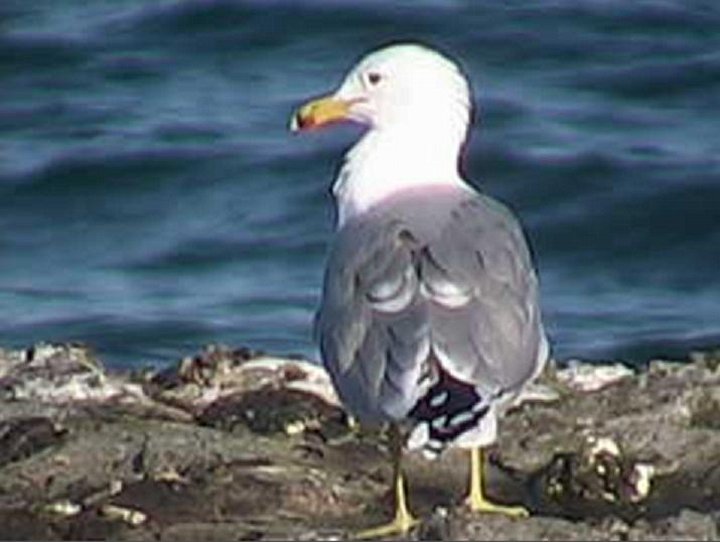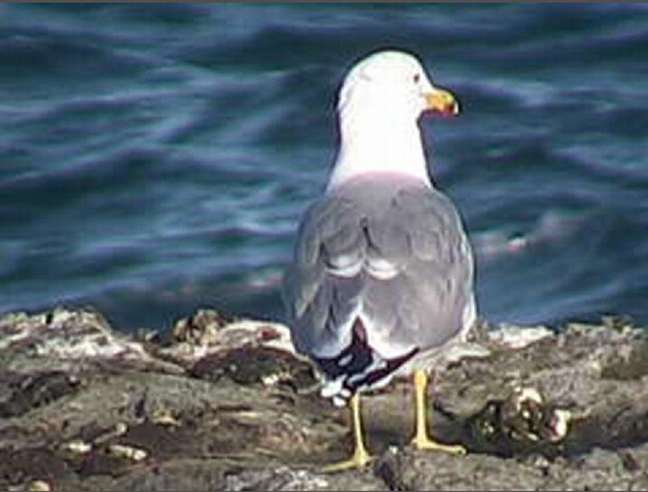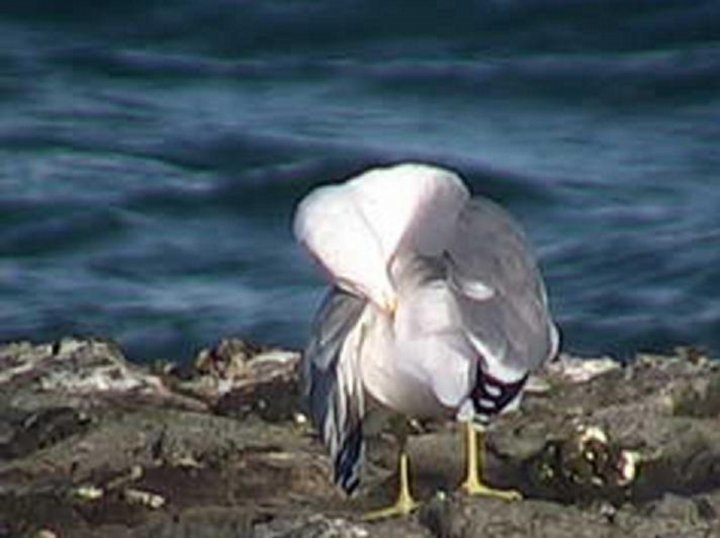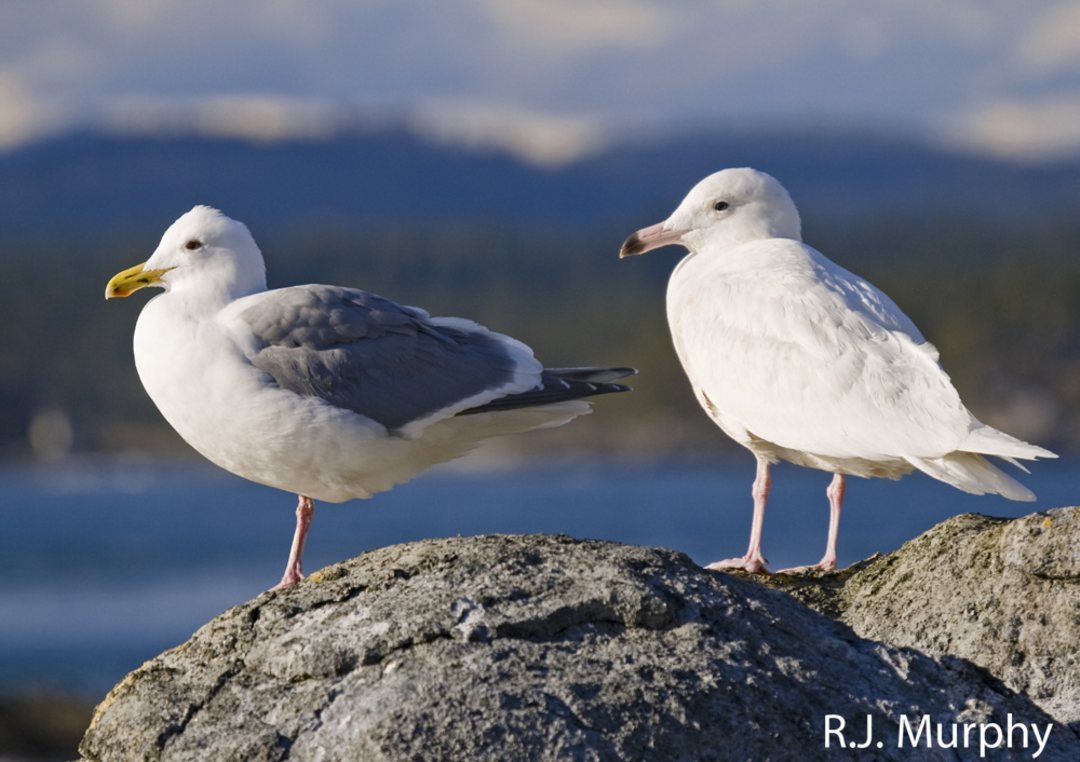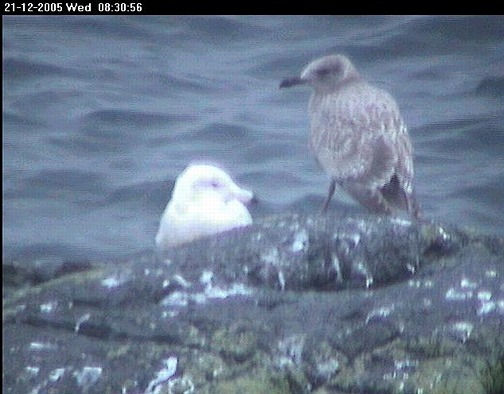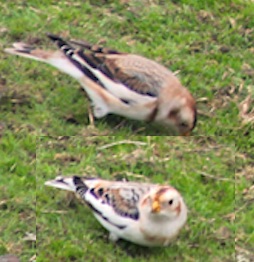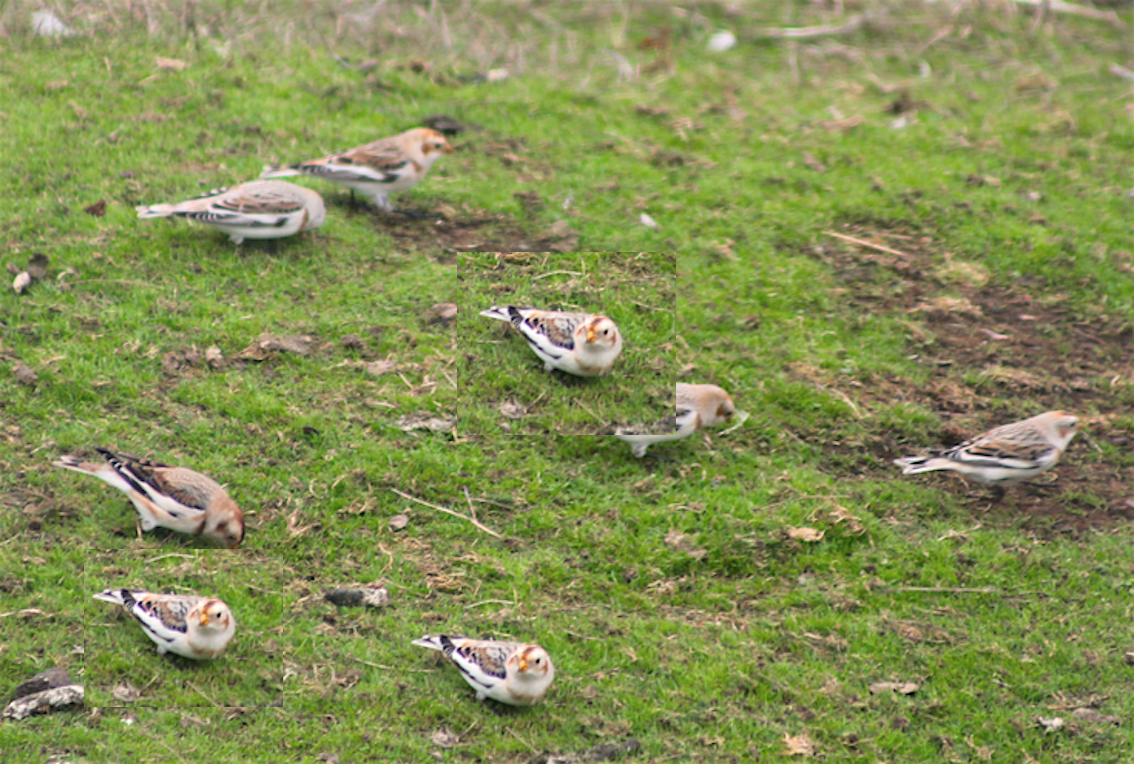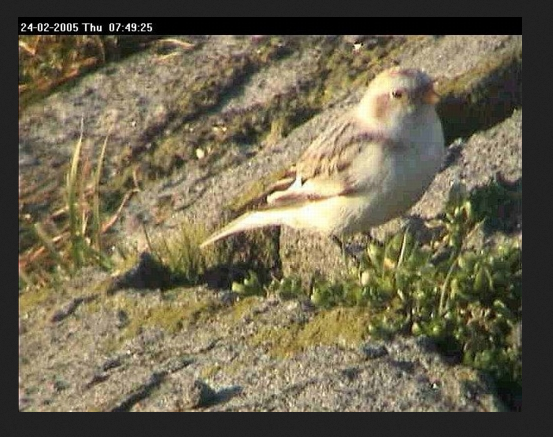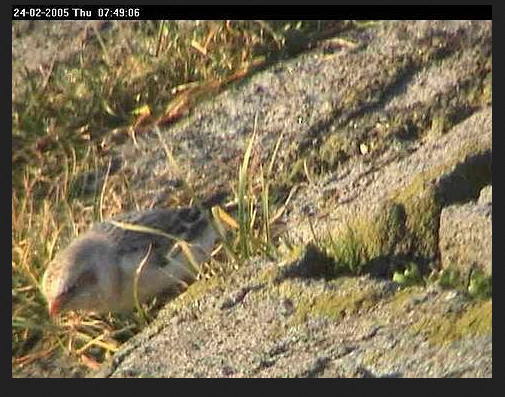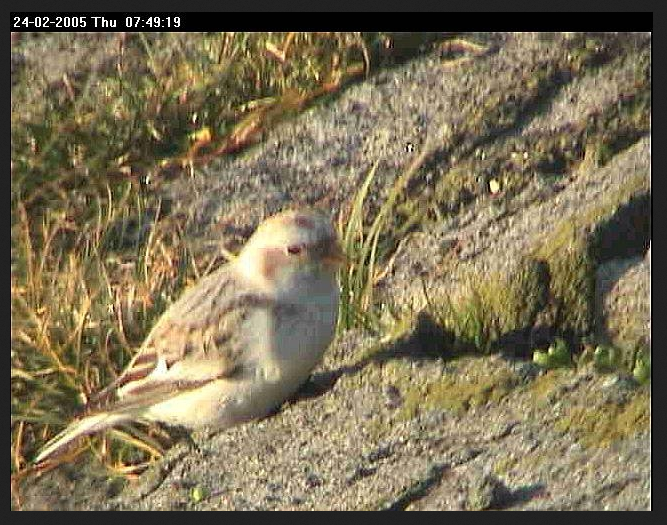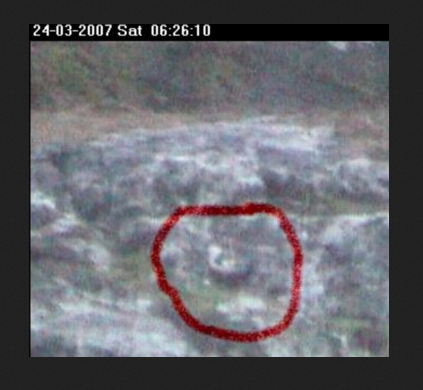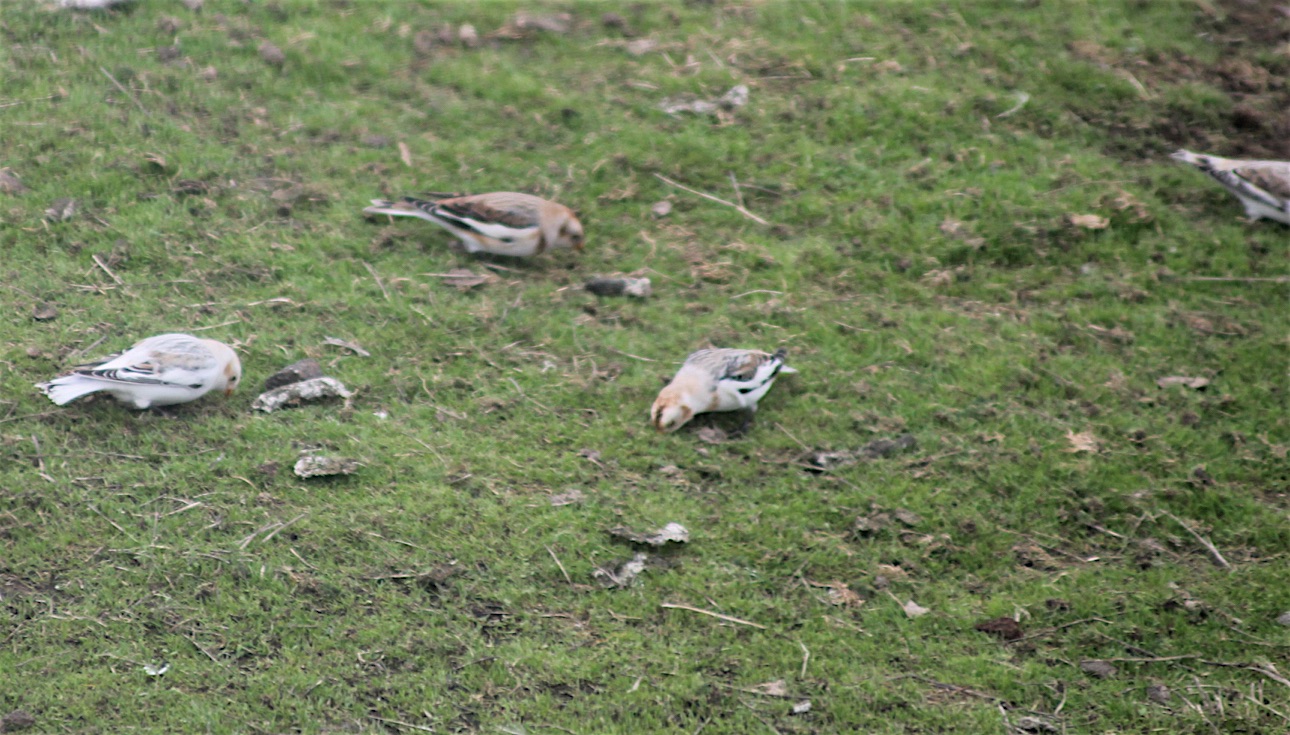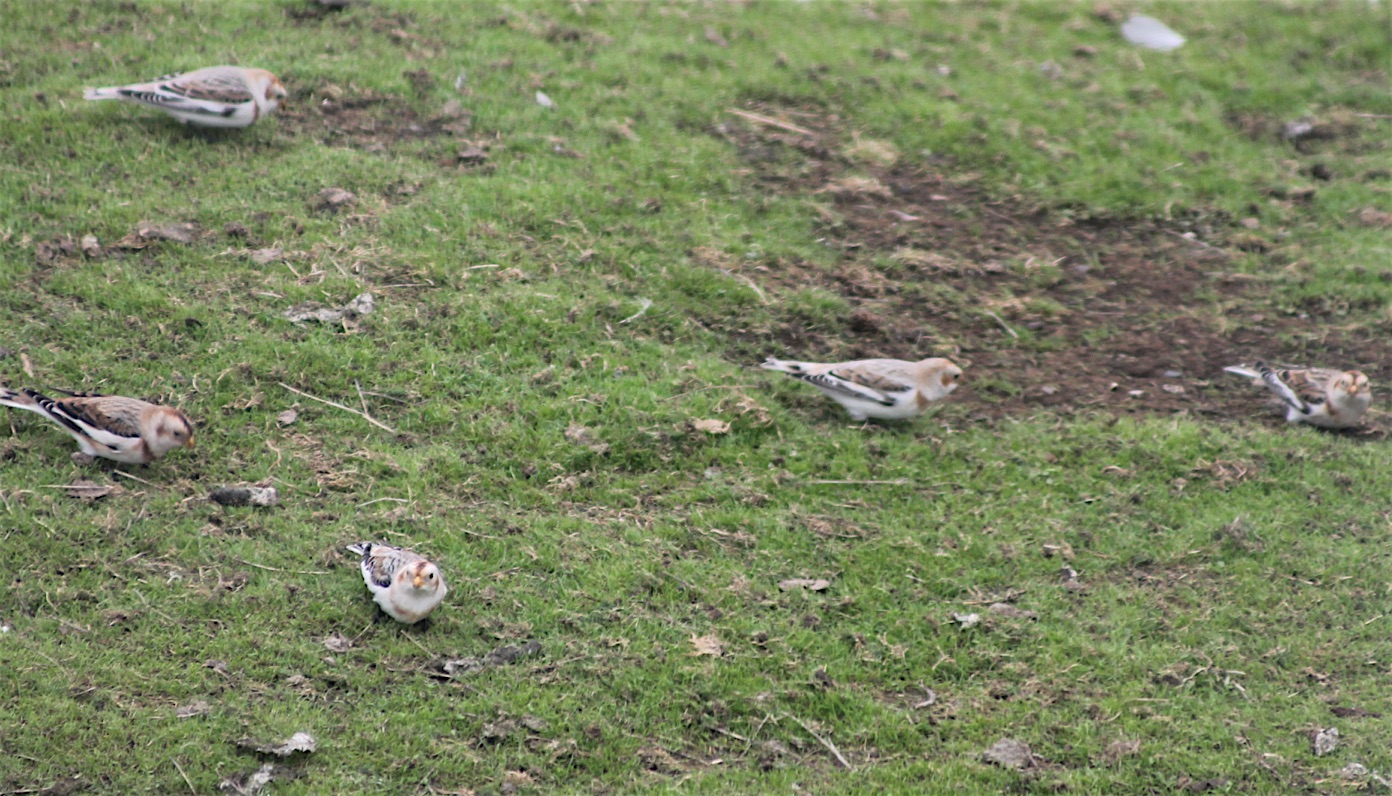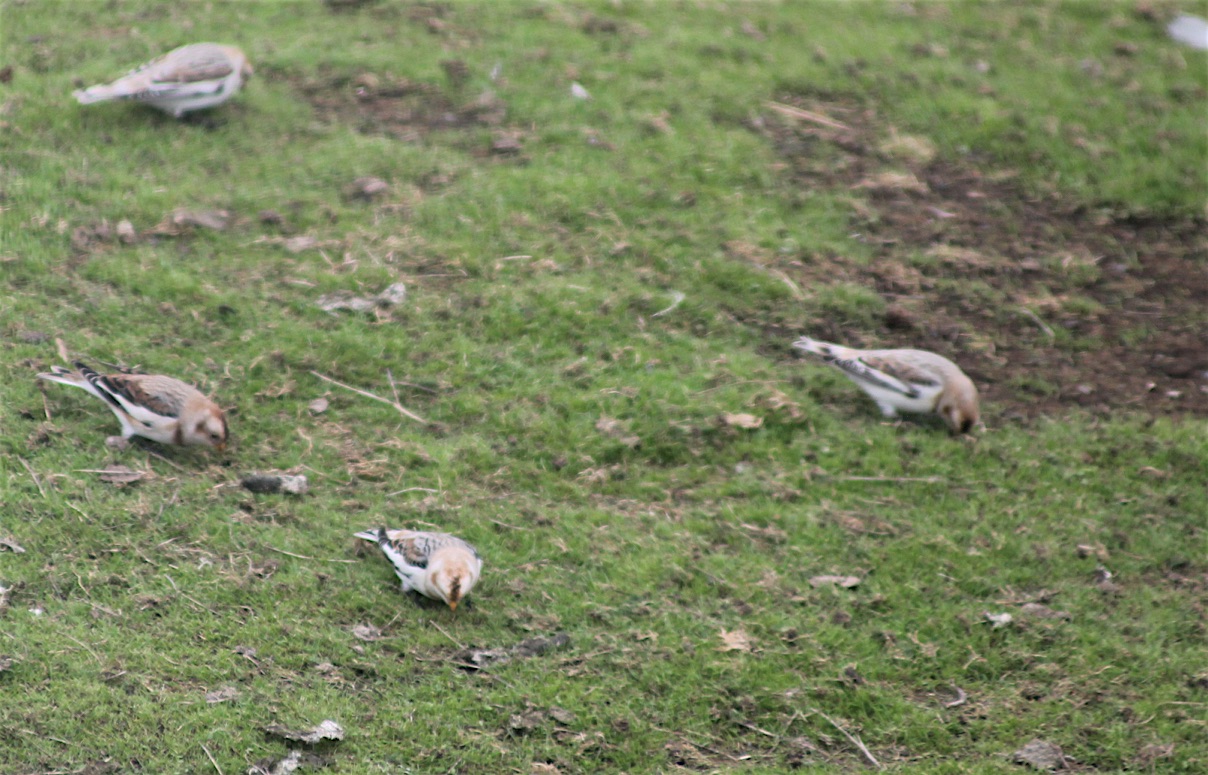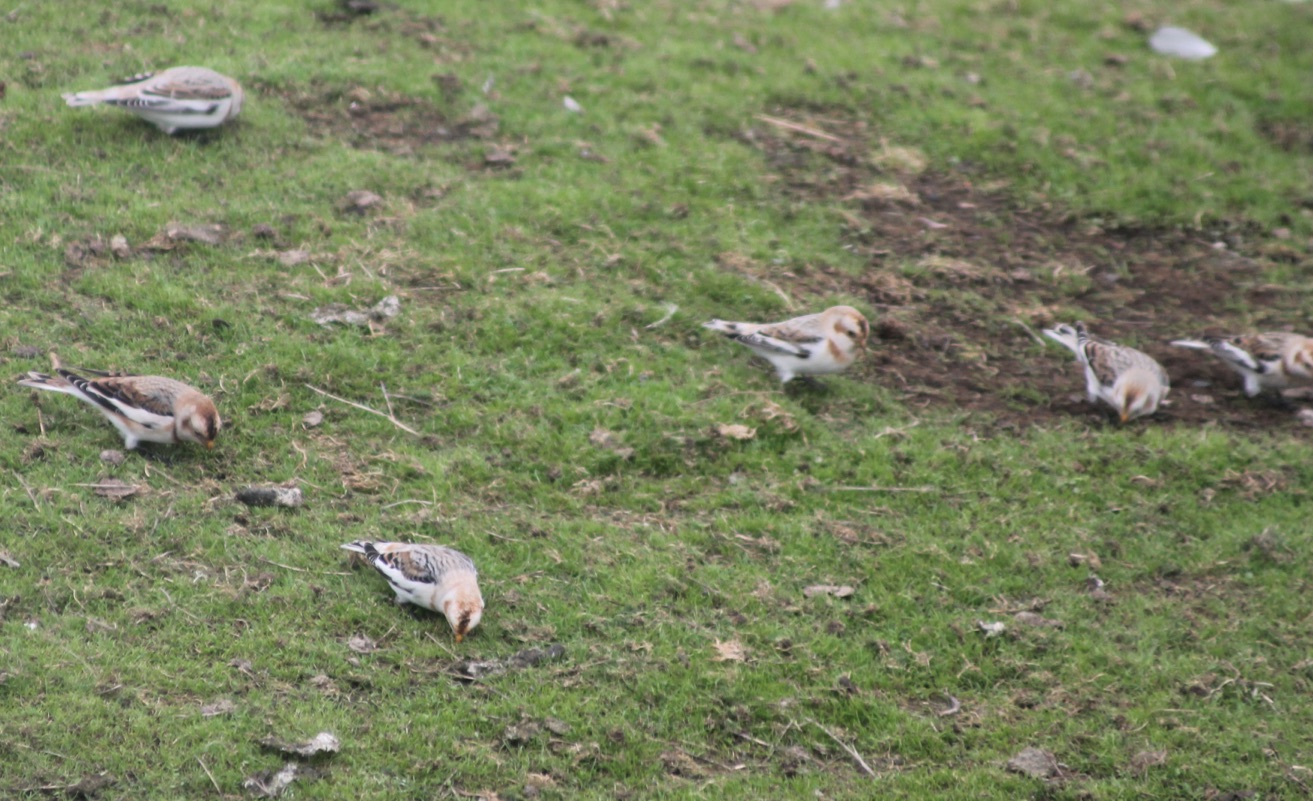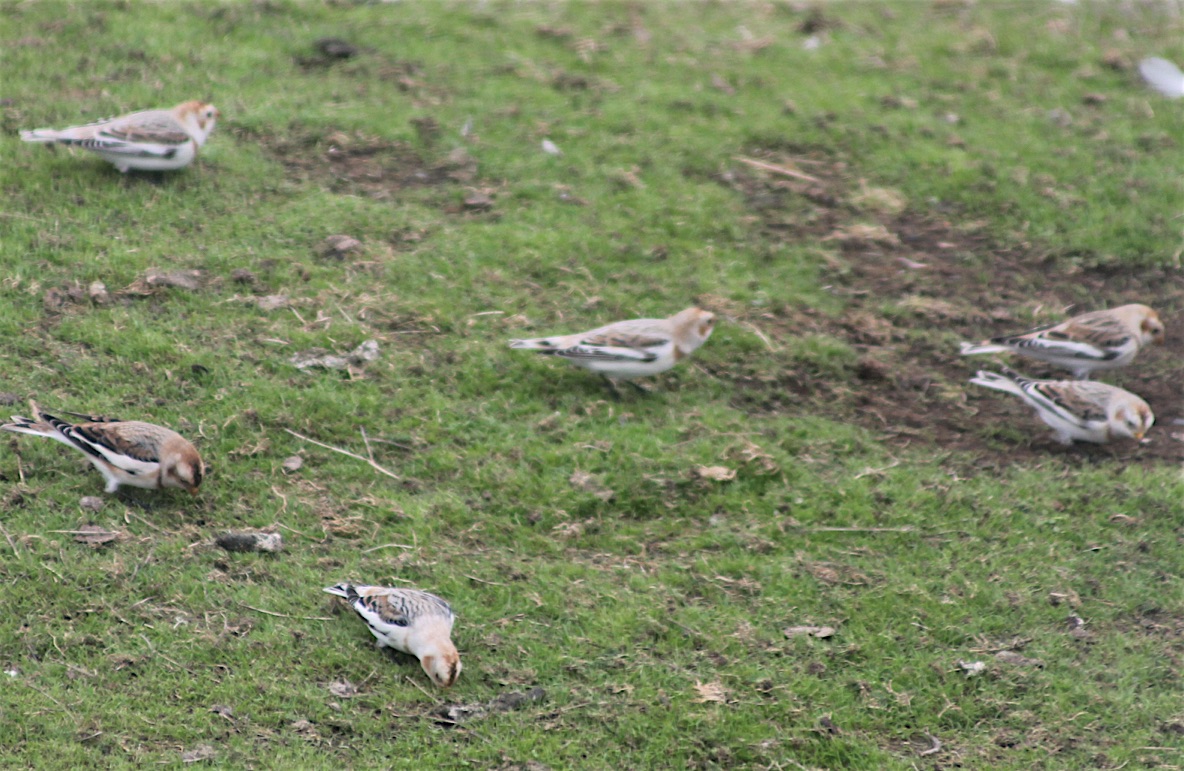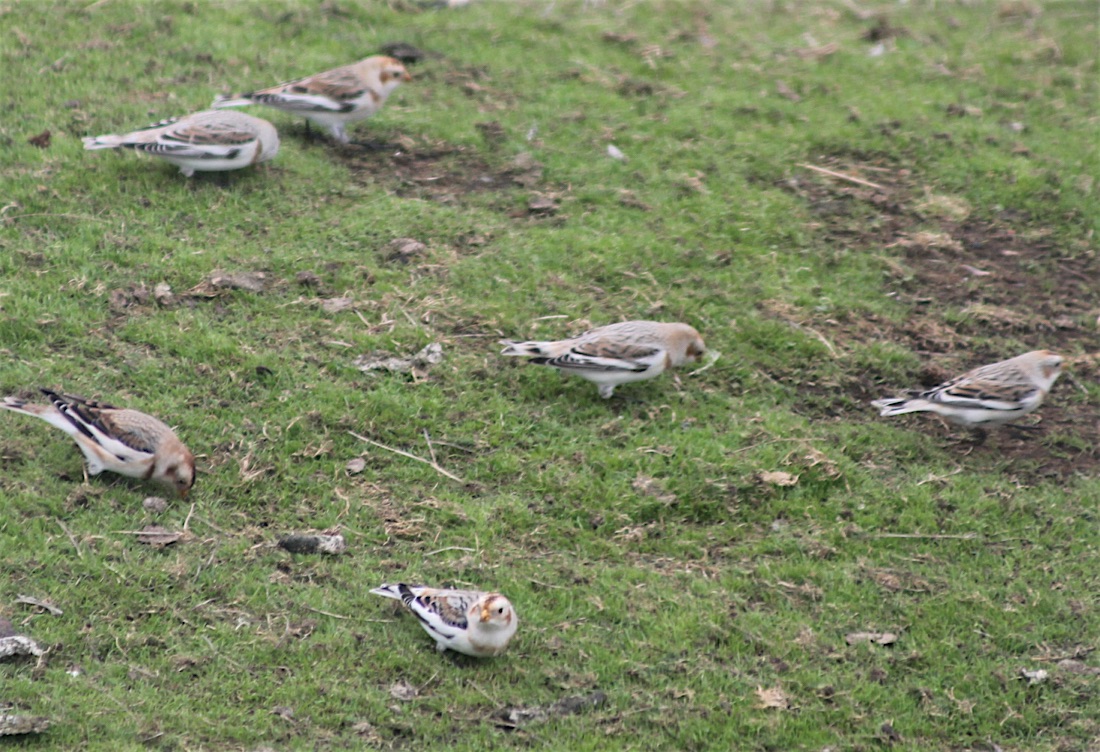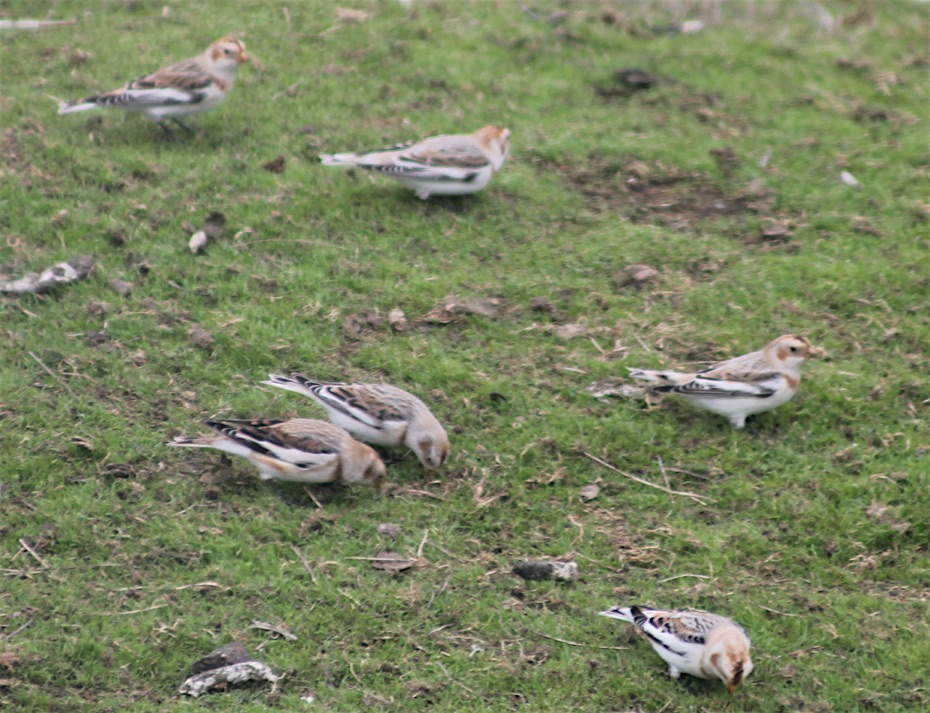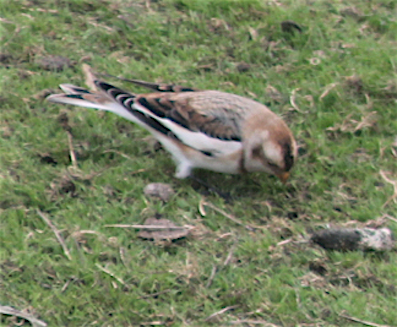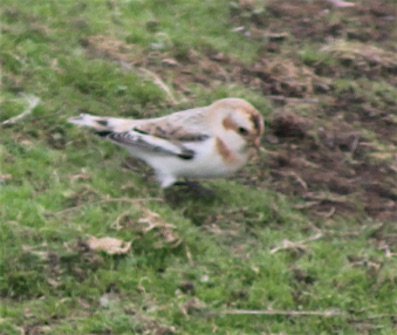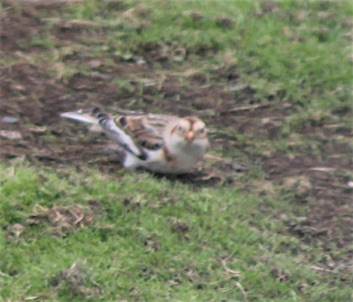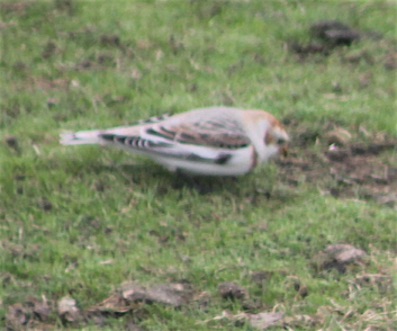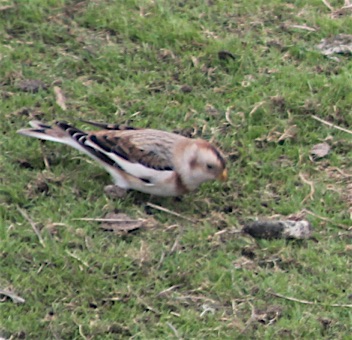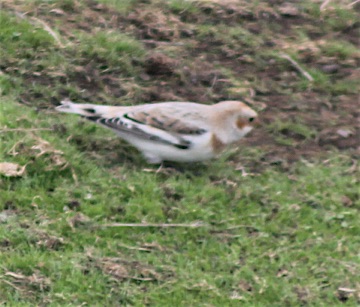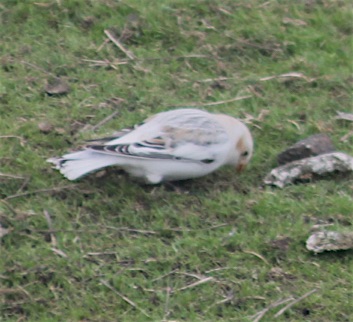Weather:
- Sky partly cloudy, some sun and blue sky
- Visibility 10-12 NM
- Wind 20-15 knots W
- Sea state: fast moving currents, still fairly flat despite wind
The fog horn continued for 20+ hrs each day until today. For most of this week we have had less than 100m visibility, making it impossible to see even a boat passing through race passage or the end of the jetty. At some points, we could barely see the guest house from the main residence! It can be difficult to focus and/or work productively during these long periods of fog, as the fog horn sounds three long high-pitched “beeps” every 45 seconds. More info on the history of Race Rocks foghorns Here!
Visitors:
- There have not been any visitors to race rocks since Monday when Greg and a contractor stopped in briefly.
- There have been 1-2 tour boats in the reserve daily, but we can often hear them before we see them in the fog. The sea lions are easily startled by them because of the limited visibility, and sometimes when the boats emerge from the fog the sea lions run into the water.
Ecological Observations:
- The sea lions have officially taken over the island! We have been dutifully repairing the electric fences daily to keep them from damaging the buildings and especially from disrupting the burial cairns.
- There have been an incredible amount of interesting birds to observe this week, despite the weather. Today we saw a pelican while enjoying the sunshine right from our back porch! This is a new sighting for us at Race Rocks and we were quite ecstatic.
- On the note of bird sightings, we are hopeful for the installation of a new bird tracking device on Race Rocks sometime soon which will allow us to view migratory birds passing through the reserve as it detects their tracking bands.
- One of our favorite elephant seals, E103 or “Erica” has returned again. We were happy to see her looking healthy yesterday- she had been hiding behind the piles of sea lions, and we only saw her once we had shooed them to install more electric fencing.
- Identifying gulls is incredibly difficult. Some of them look the same aside from a slight wing color difference or color of feet determining them as a separate species! We are wondering if the gulls we have been assuming to be non-breeding california gulls are actually thayer’s gulls. Back to the id books!
Census:
- 96 Stellar sea lions
- 383 California sea lions
- 88 Harbour seals
- 1 Elephant seal
- 1 Sea otter
- 52 Brandt’s cormorants
- 1 Brown Pelican
- 1 Oregon junco
- 2 Fox sparrows
- 15 Savannah sparrows
- 1 Yellow-rumped warbler
- 1 Short billed dowitcher
- 14 Black turnstones
- 8 Canada geese
- 320 Glaucous winged gulls
- 113 California gulls
- 20 Heerman’s gulls
- A brown pelican swoops over the reserve as seagulls take chase (1)
- (2)
- Fox sparrows
- Yellow Warbler
- Savannah Sparrow
- House Sparrow
- Surfbird and Black Turnstone
- Sealions and seagulls fishing on a foggy morning
- Sea lion waiting patiently for me to finish taking the water sample so he can have my rock
- Sea lion with eye injury?
- Yellow-Rumped Warbler (1)
- (2)
- Short-Billed Dowitcher
- Sea lion with fishing line injury (spotted last week)

